|
0 Comments
Do you often find yourself admiring a photograph but unsure how to make it truly stand out? Look no further! With our one-hour sessions, you can learn the art of transforming your images. Whether it’s a cherished memory, a professional headshop, or a stunning landscape, we all have photos we wish could have that extra WOW factor. Now, with a simple one-hour mentoring session, you can unlock the secrets to making your images pop and come alive! This to this; A Visual Transformation! Imagine taking your photos form a standard capture to visually stunning image. Our mentoring sessions cover simple yet effective adjustments that can be applied to any photograph. Learn the art of enhancing colors, improving composition, and bringing out the true essence of your images. Learn in just one hour!
You might be surprised by how much you can achieve in just one hour. Our mentoring sessions are designed to be concise, informative, and tailored to your specific needs. No matter your skill level, you’ll leave with knowledge and confidence to transform your photos. Ready to Elevate your Photography? Ready to take the leap and unlock the transformation? Visit our website to book your one-hour mentoring session, and let’s embark on a journey to transform your images into a true works of art! The Professional Photographers of Canada is pleased to announce that: Stella D'Entremont, has just earned an accreditation in Wildlife, at our most recent Accreditation judging. Accreditation is the first elevation above the general membership level and is achieved by submitting samples of the applicant’s photography to a PPOC Board of Examiners. Accreditation demonstrates that the photographer is capable of delivering professional quality photography in a chosen category. In assessing Accreditation Submissions, the judges will consider the following criteria: Vision, Impact, Composition, and Technical Merit.
The Professional Photographers of Canada is pleased to announce that: Stella D'Entremont , has just earned an accreditation in Ornithology/Bird Photography, at our most recent Accreditation judging. Accreditation is the first elevation above the general membership level and is achieved by submitting samples of the applicant’s photography to a PPOC Board of Examiners. Accreditation demonstrates that the photographer is capable of delivering professional quality photography in a chosen category. In assessing Accreditation Submissions, the judges will consider the following criteria: Vision, Impact, Composition, and Technical Merit. The Professional Photographers of Canada is pleased to announce that: Stella D’Entremont ,has just earned an accreditation in Fine Art / Photo Decor, at our most recent Accreditation judging. Accreditation is the first elevation above the general membership level and is achieved by submitting samples of the applicant’s photography to a PPOC Board of Examiners. Accreditation demonstrates that the photographer is capable of delivering professional quality photography in a chosen category. In assessing Accreditation Submissions, the judges will consider the following criteria: Vision, Impact, Composition, and Technical Merit. The Professional Photographers of Canada is pleased to announce that: Stella D’Entremont ,has just earned an accreditation in has just earned an accreditation in Nature, at our most recent Accreditation judging. Accreditation is the first elevation above the general membership level and is achieved by submitting samples of the applicant’s photography to a PPOC Board of Examiners. Accreditation demonstrates that the photographer is capable of delivering professional quality photography in a chosen category. In assessing Accreditation Submissions, the judges will consider the following criteria: Vision, Impact, Composition, and Technical Merit. The Professional Photographers of Canada is pleased to announce that: Stella d'Entremont , has just earned an accreditation in Pictorial / Scenic, at our most recent Accreditation judging. Accreditation is the first elevation above the general membership level and is achieved by submitting samples of the applicant’s photography to a PPOC Board of Examiners. Accreditation demonstrates that the photographer is capable of delivering professional quality photography in a chosen category. In assessing Accreditation Submissions, the judges will consider the following criteria: Vision, Impact, Composition, and Technical Merit. This blog was going to be the place where I was going to share my photos from the adventures my husband had while travelling the globe. With the COVID-19 restrictions, we have not been able to travel outside of our “bubble". We are fortunate enough that in our “bubble” we have two national parks: Kouchibouguac National Park and Fundy National Park. Both parks are only an hour away from our home. Here are some of the images of wildlife and landscape I captured during the period I call COVID time.
Ce blog devait être l'endroit où j'allais partager mes photos des aventures de mon mari lors de ses voyages autour du monde. Avec les restrictions du COVID-19, nous n'avons pas pu voyager en dehors de notre "bulle". Nous avons la chance d'avoir deux parcs nationaux dans notre " bulle " : le parc national de Kouchibouguac et le parc national de Fundy. Ces deux parcs ne sont qu'à une heure de route de chez nous. Voici quelques-unes des images de la faune et du paysage que j'ai capturées pendant la période que j'appelle le temps du COVID. Sandpipers are commonly known as shorebirds or waders and are from the family Scolopacidae. Their scientific name is Actitis hypoleucos. The common sandpiper are migrators and they frequently travel the same route each year. The sandpipers that visit the Bay of Fundy in Johnson Mills (8 Kilometres from Dorchester, NB) are coming from the Canadian Arctic on their way to South America where they will spend the winter months. They usually arrive the later part of July and will be seen until late August. Each year there are well over 200,000 that land on the Bay of Fundy. The individuals that monitor their arrival have noted that each year there seems to be less that make the trip. However, they are not sure the reason why.
|
Stella d'EntremontAuthor | Accredited Photographer of Canada Old Post
March 2024
Photographer's Story |
© MilliePPhotograpy 2024 | All Rights Reserved

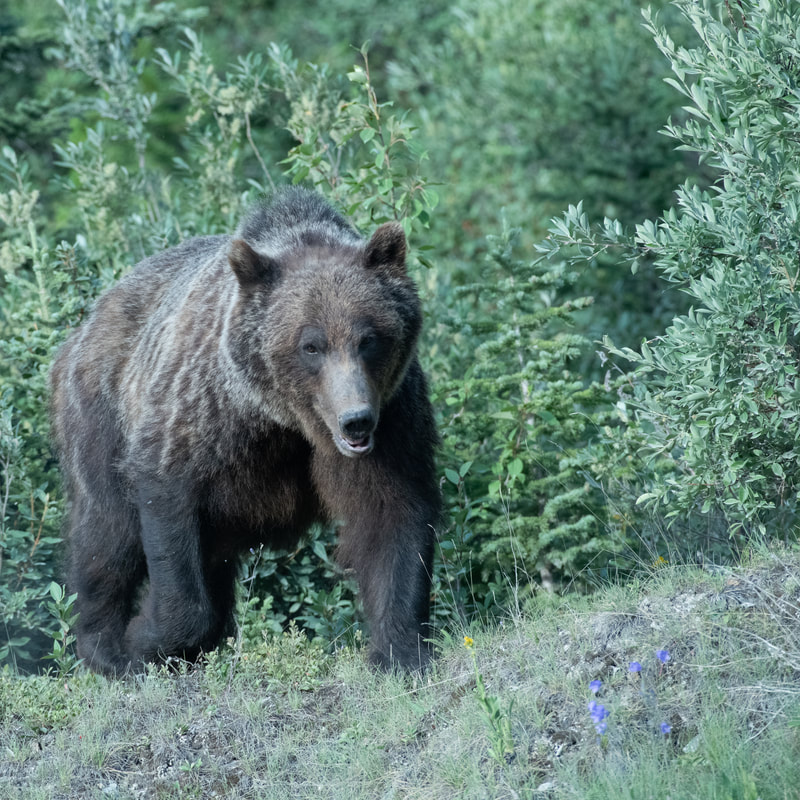
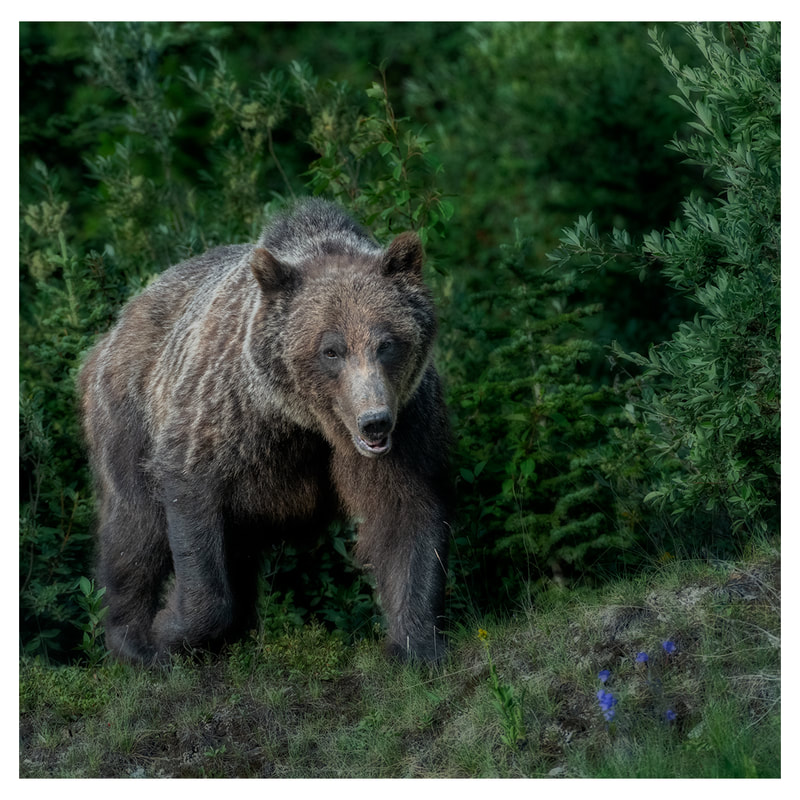
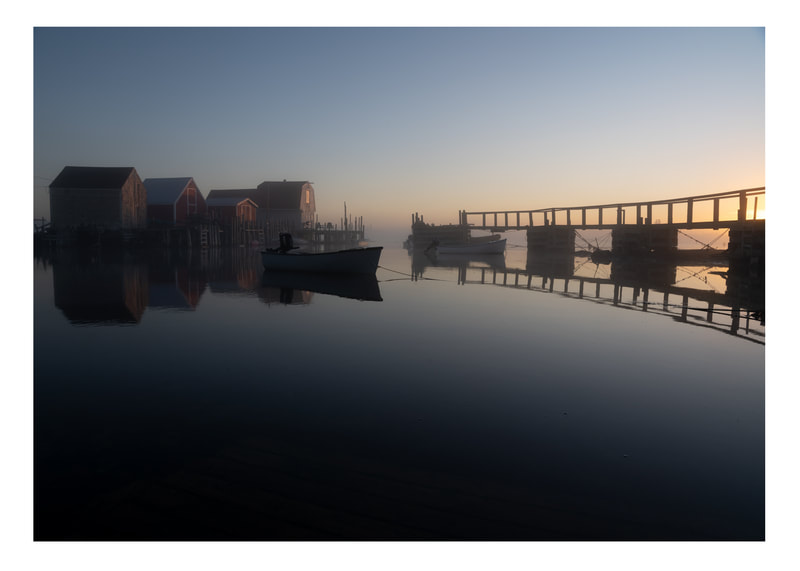
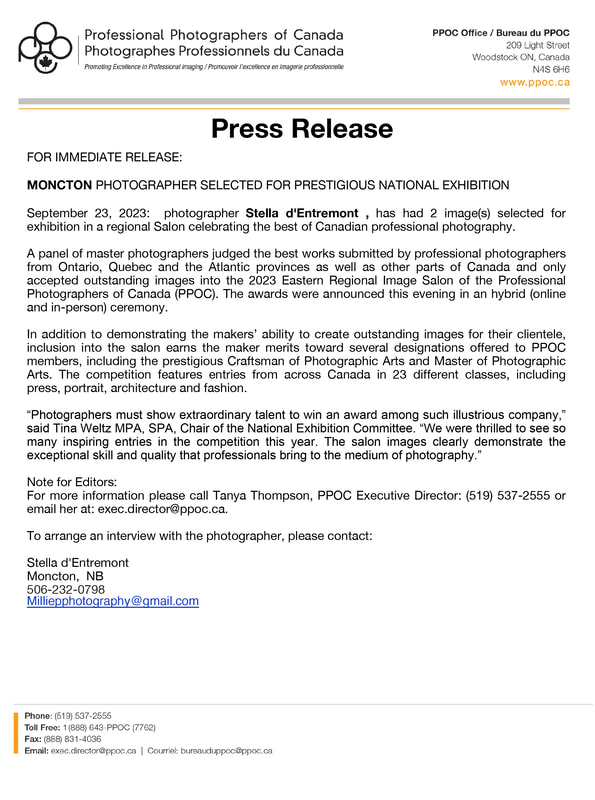

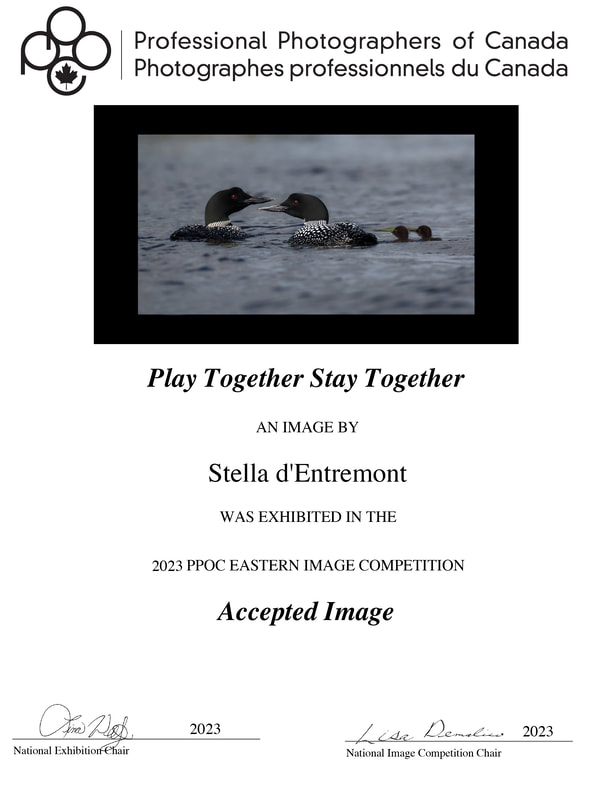
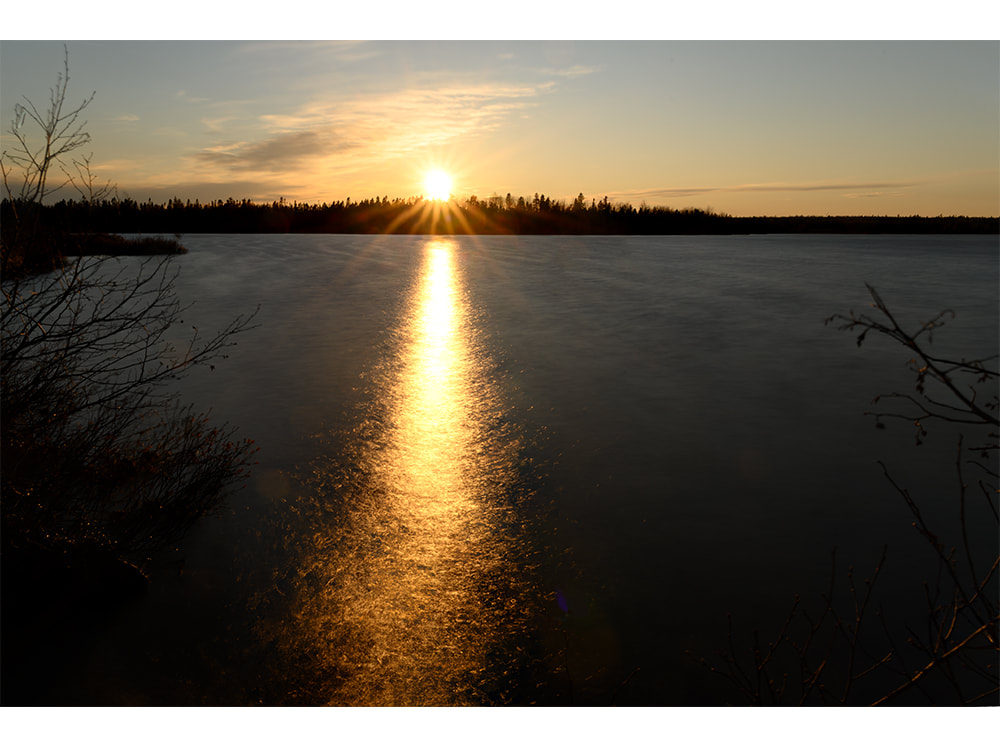
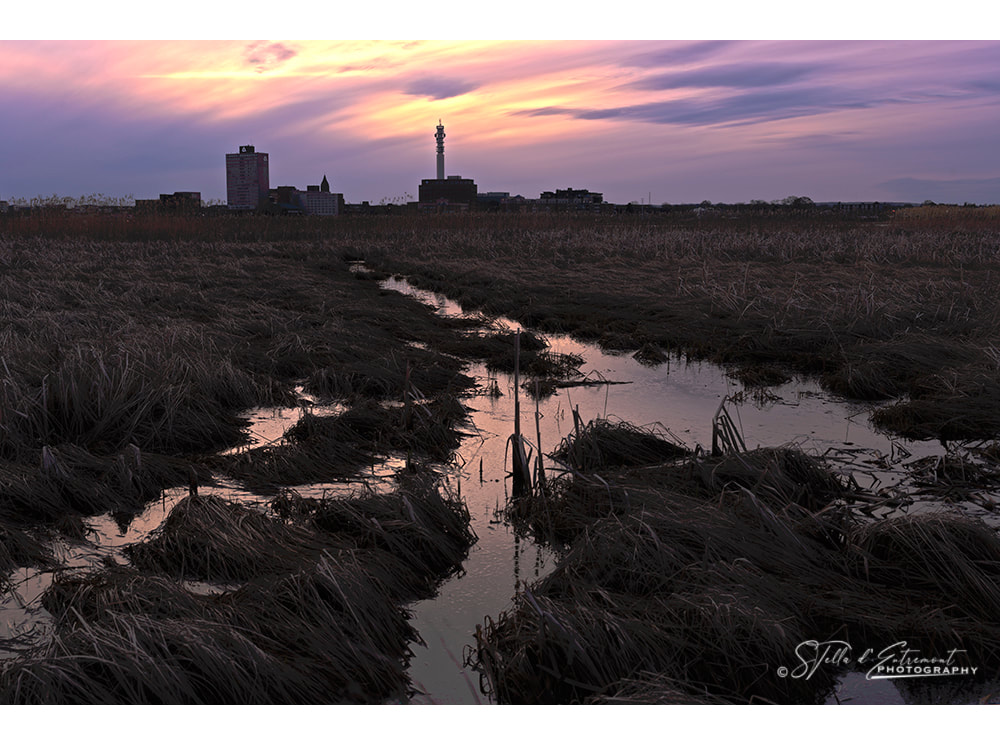
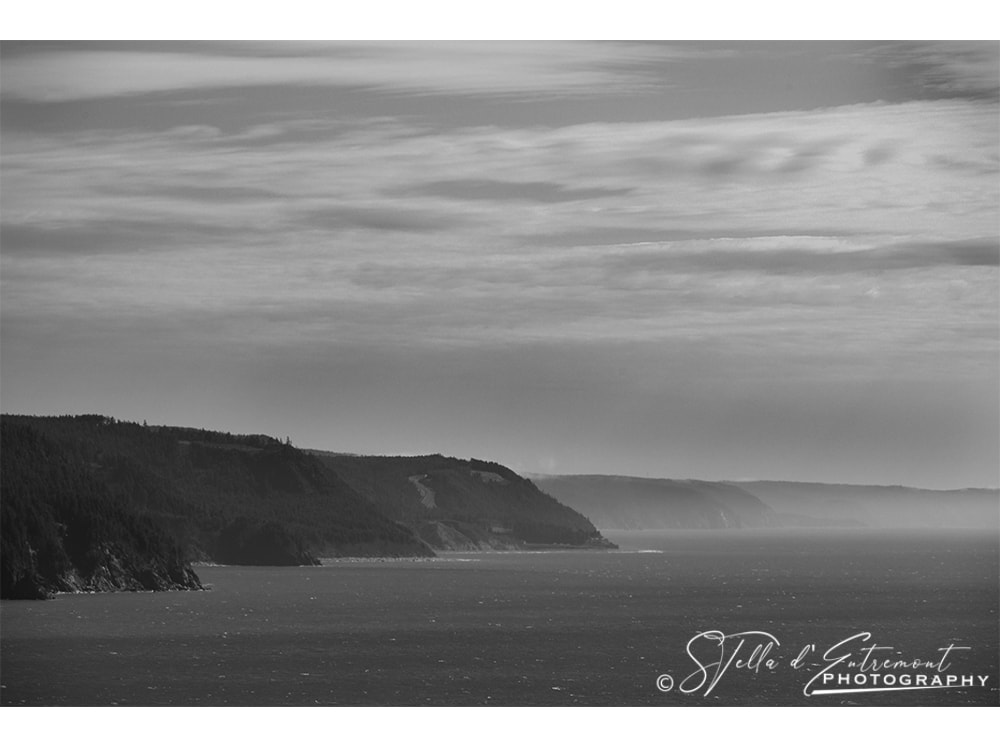
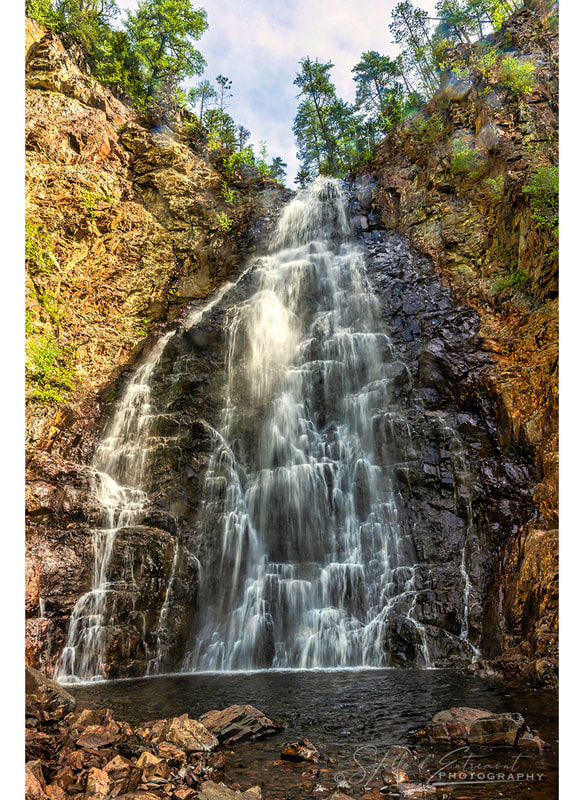
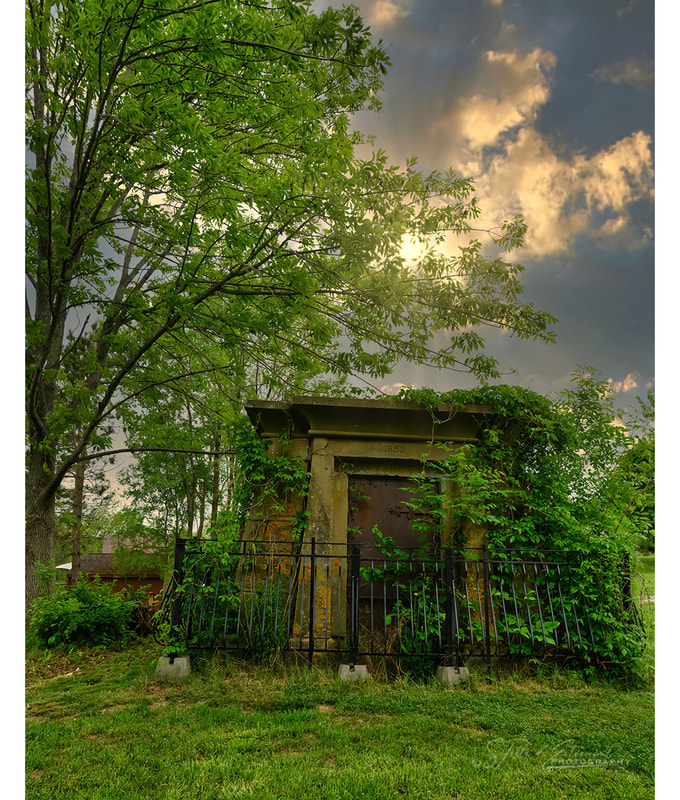
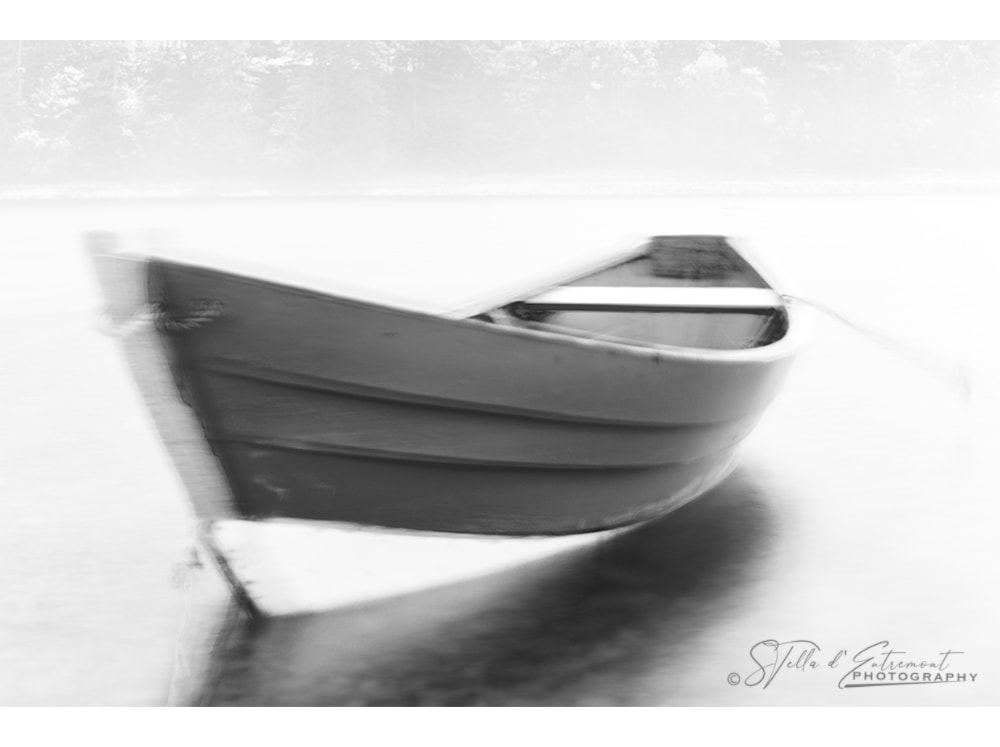
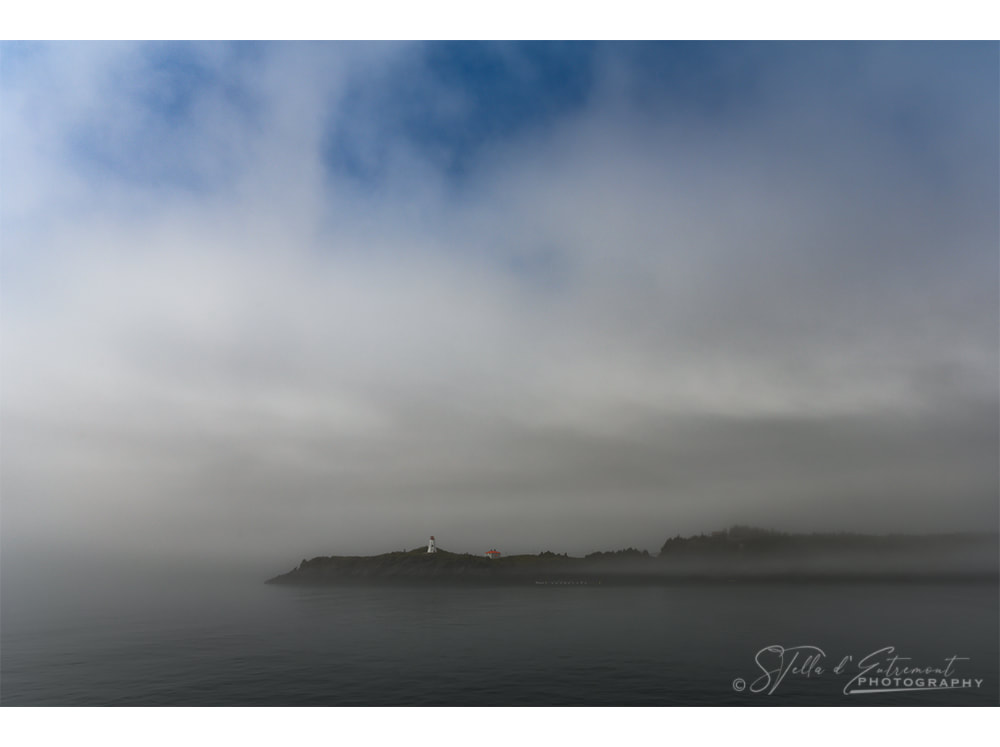
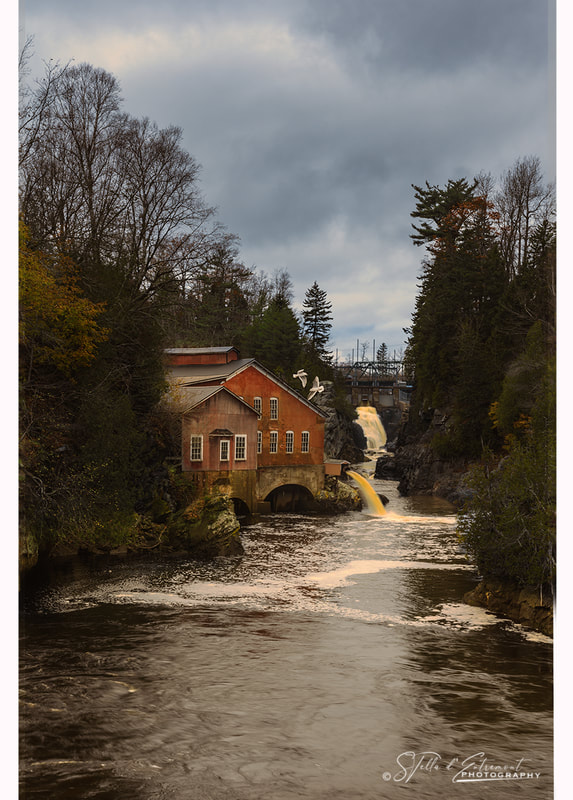
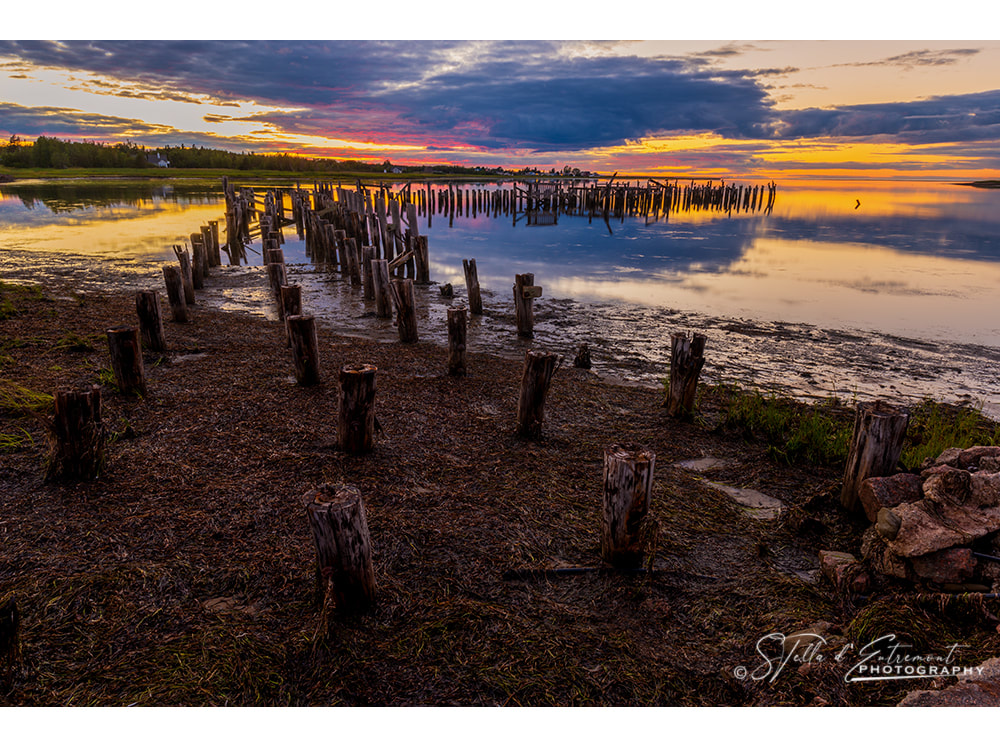
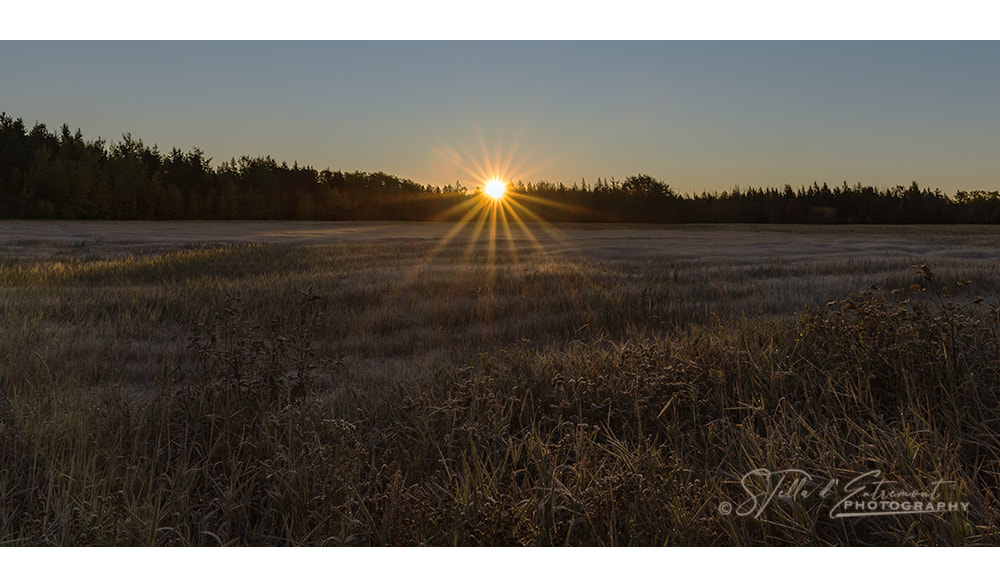
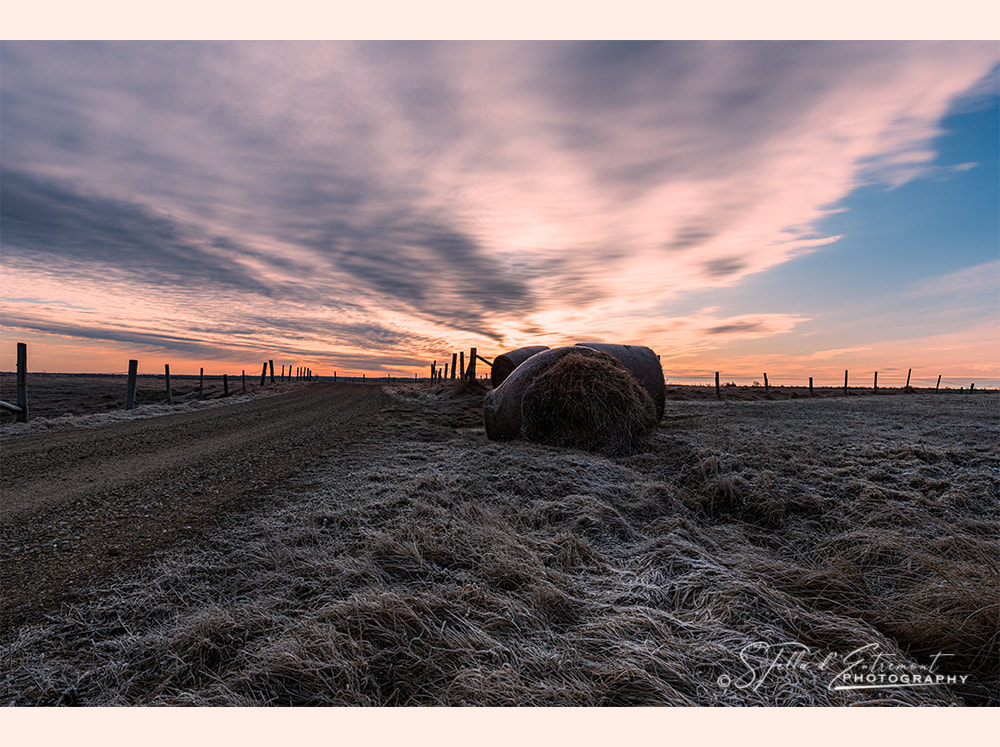
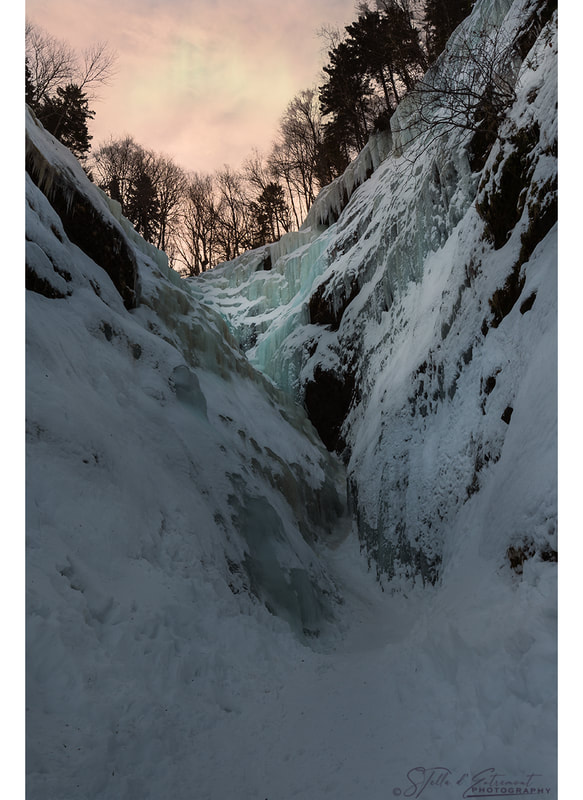
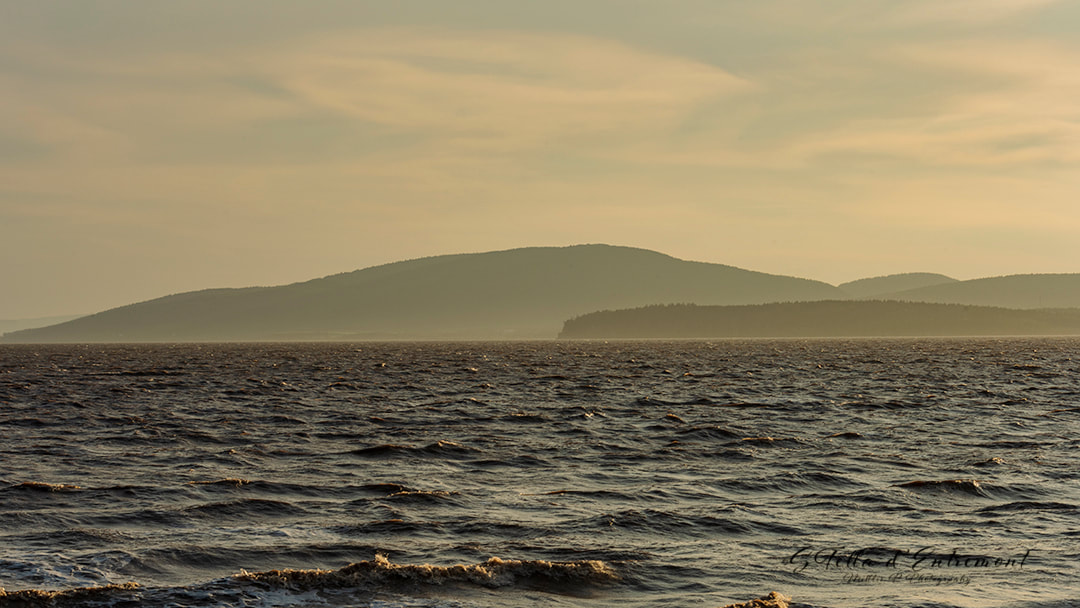
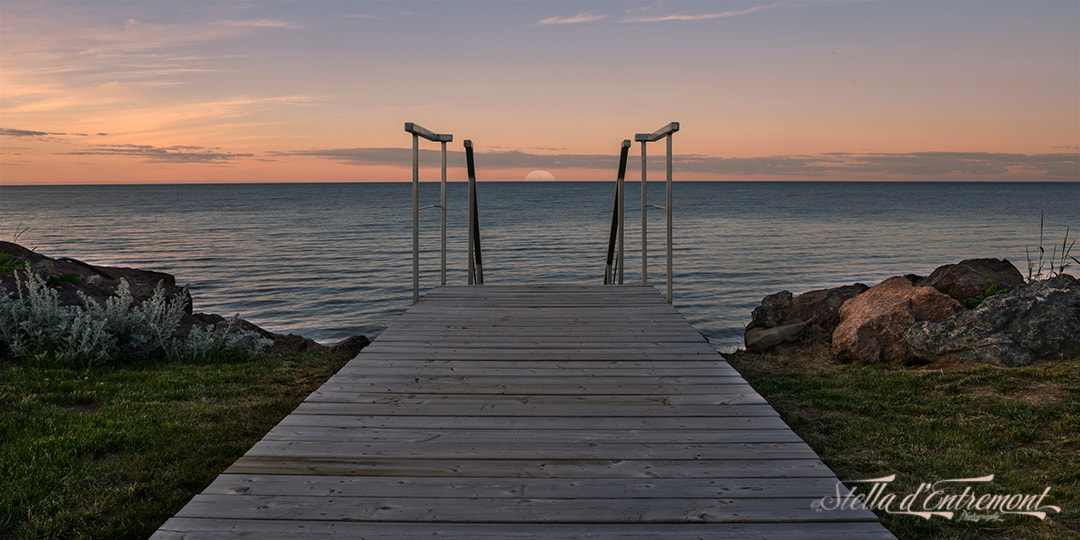
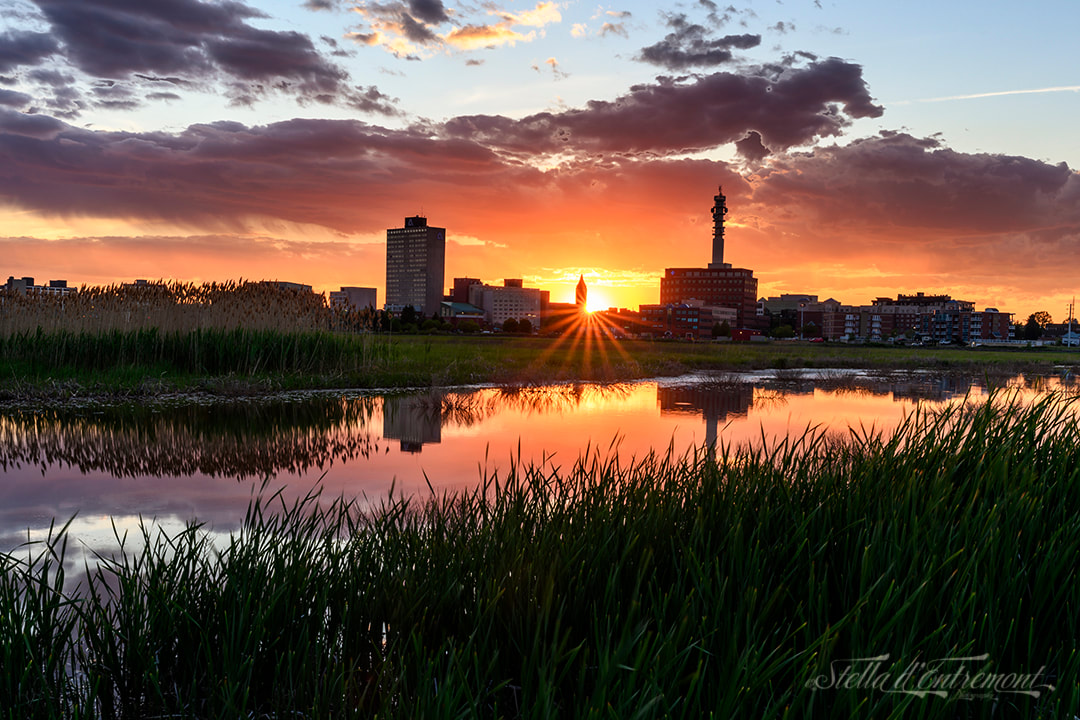
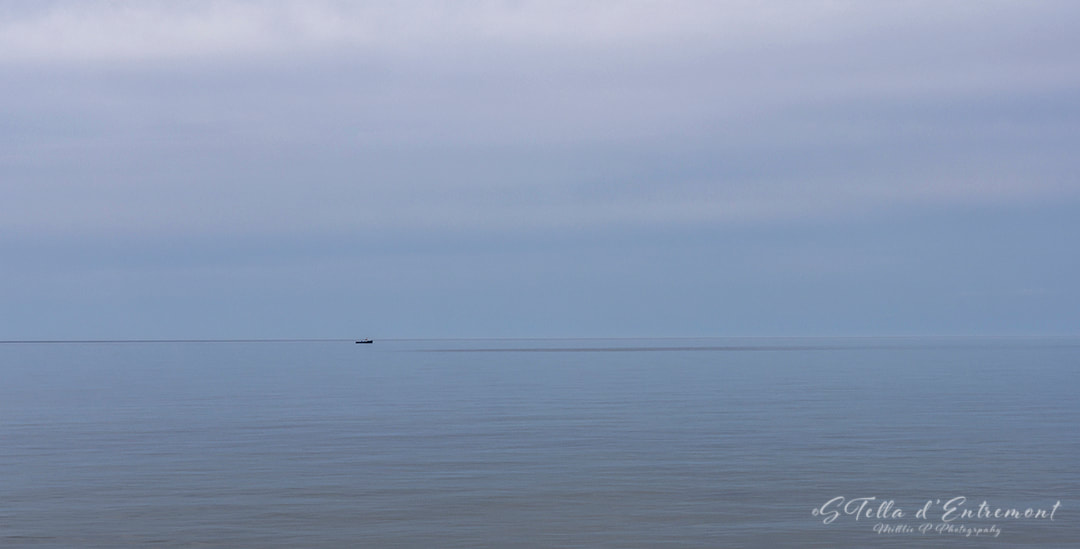
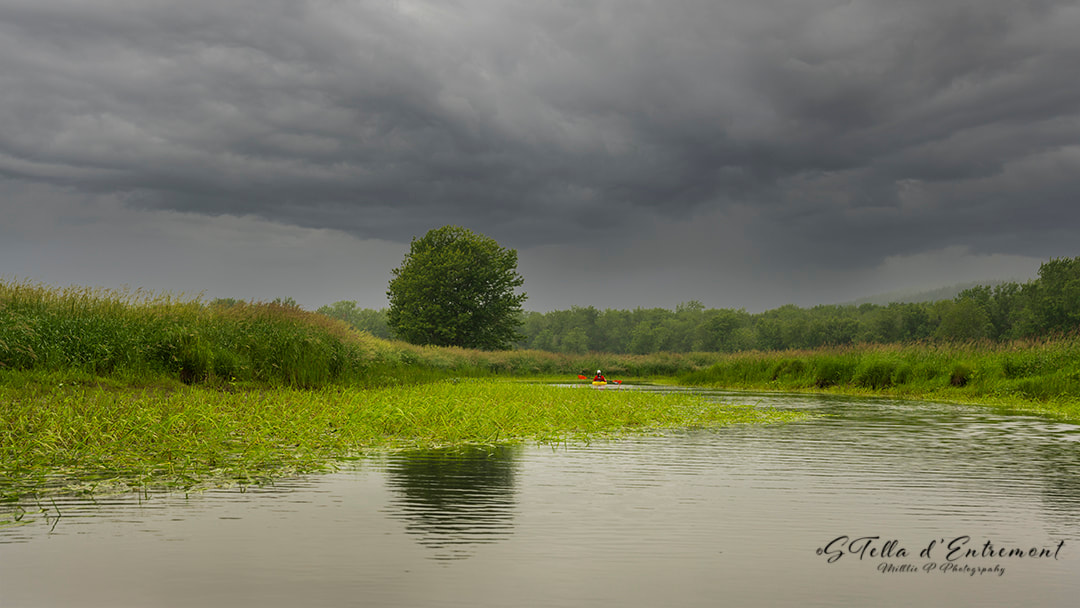
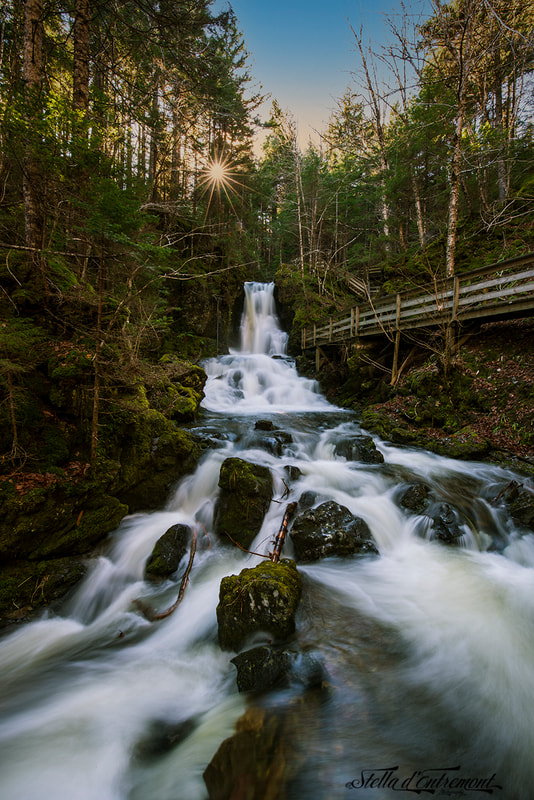
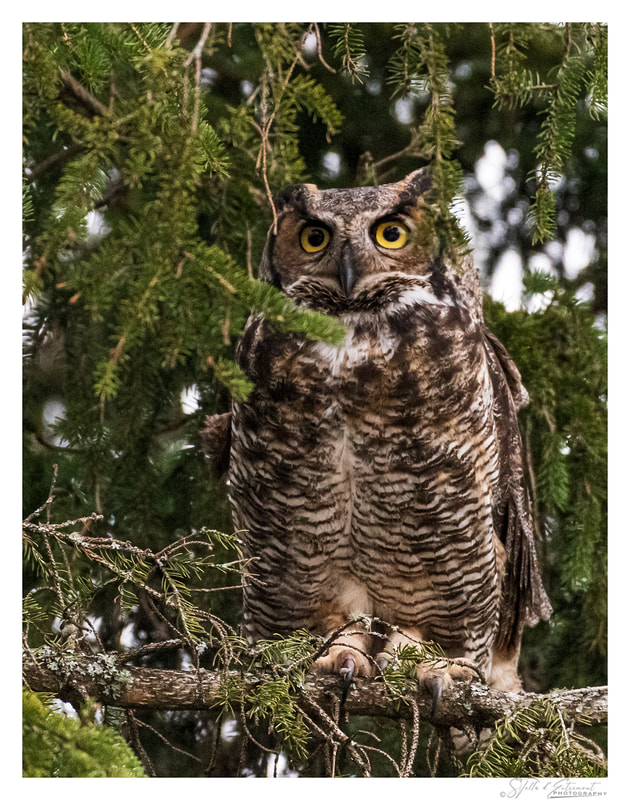
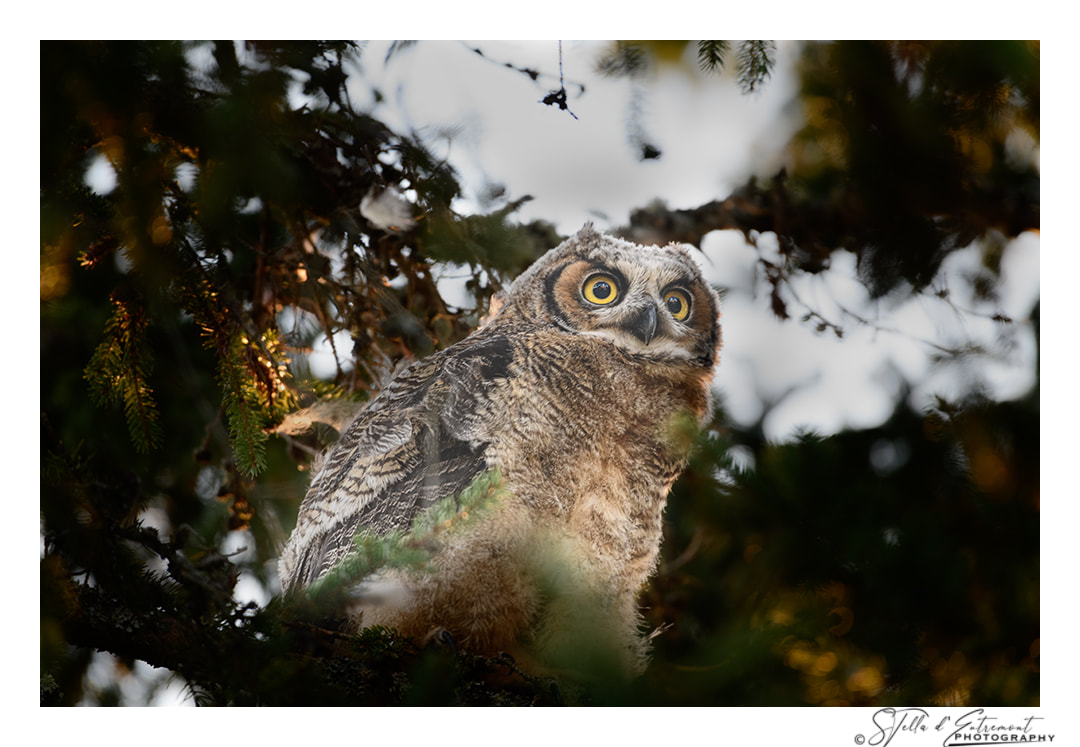
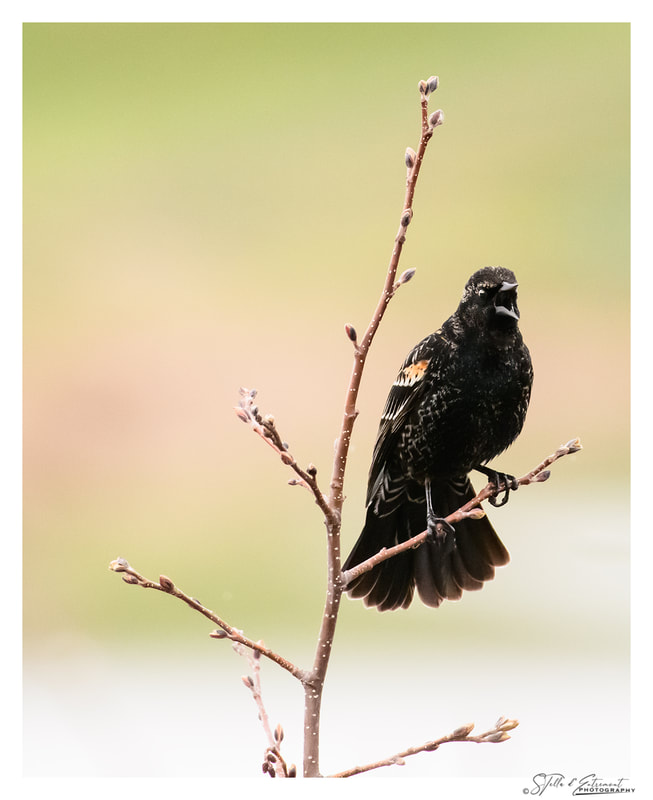
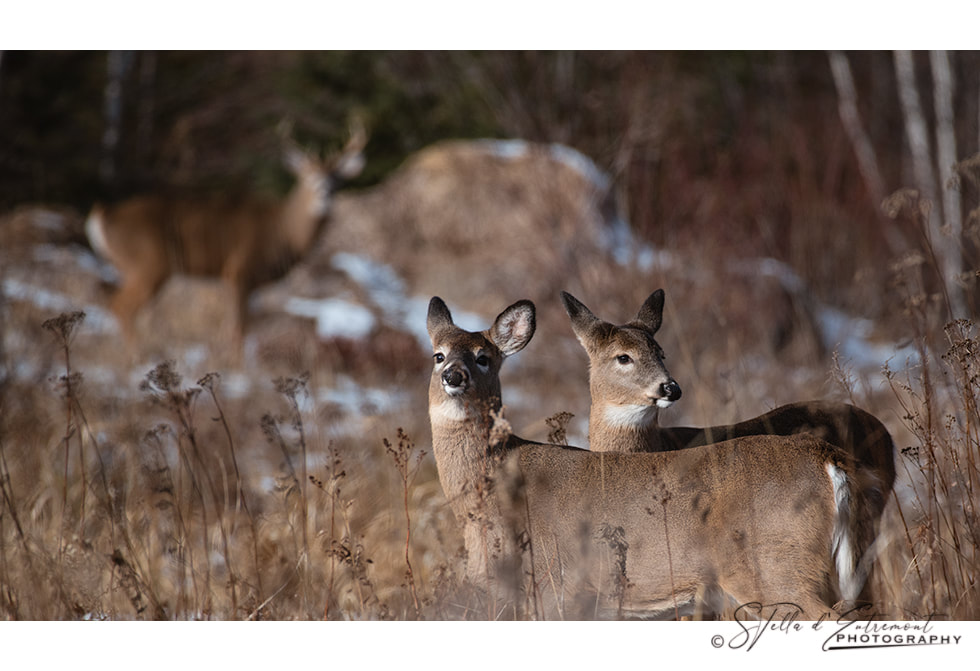
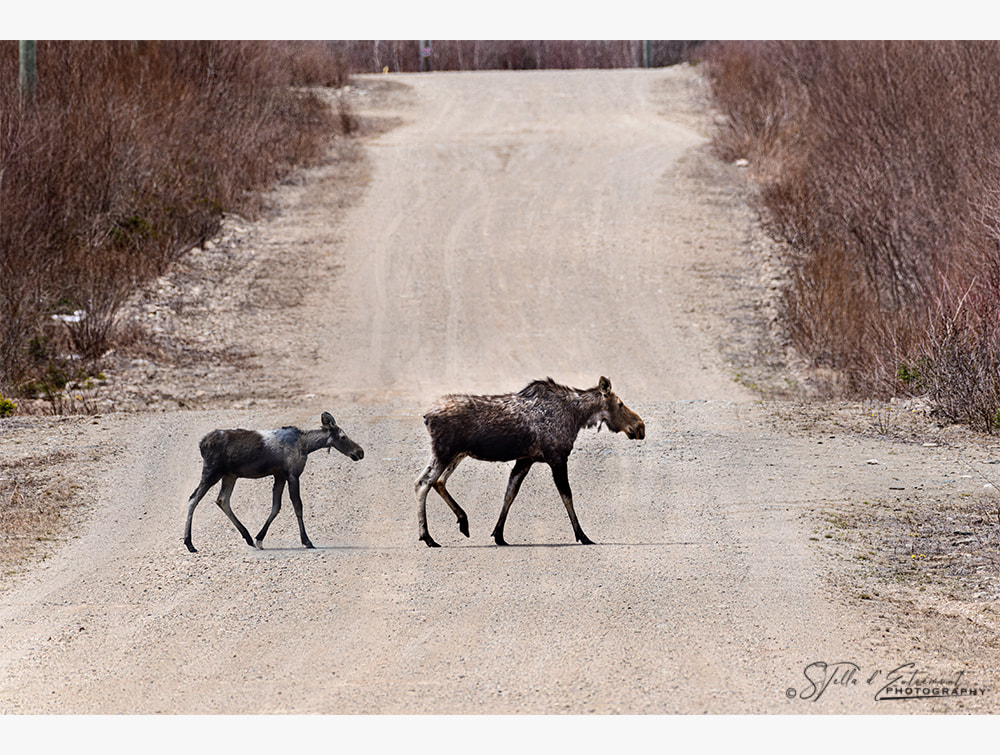
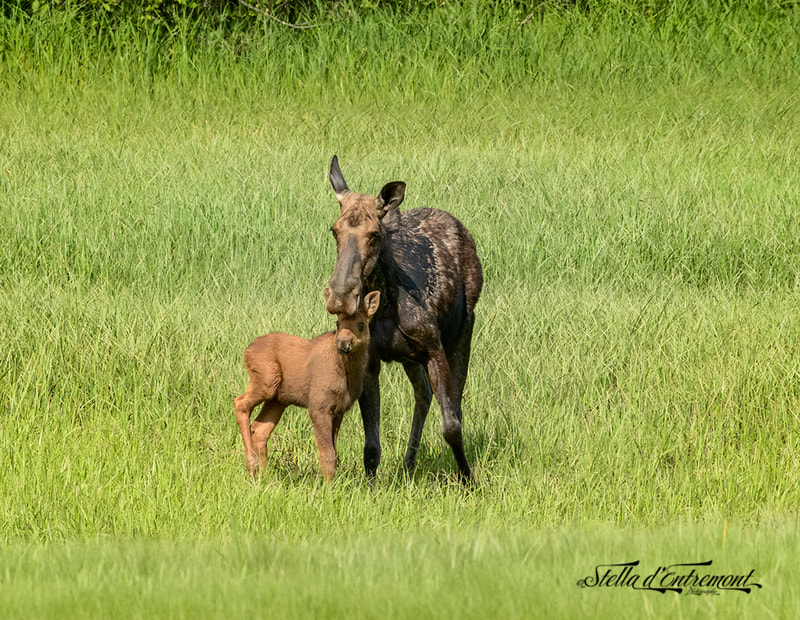
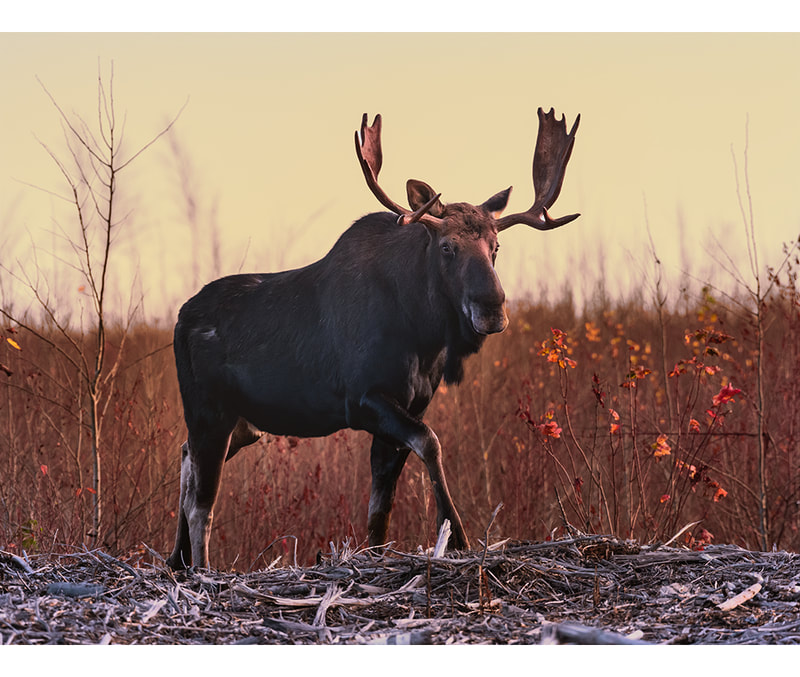
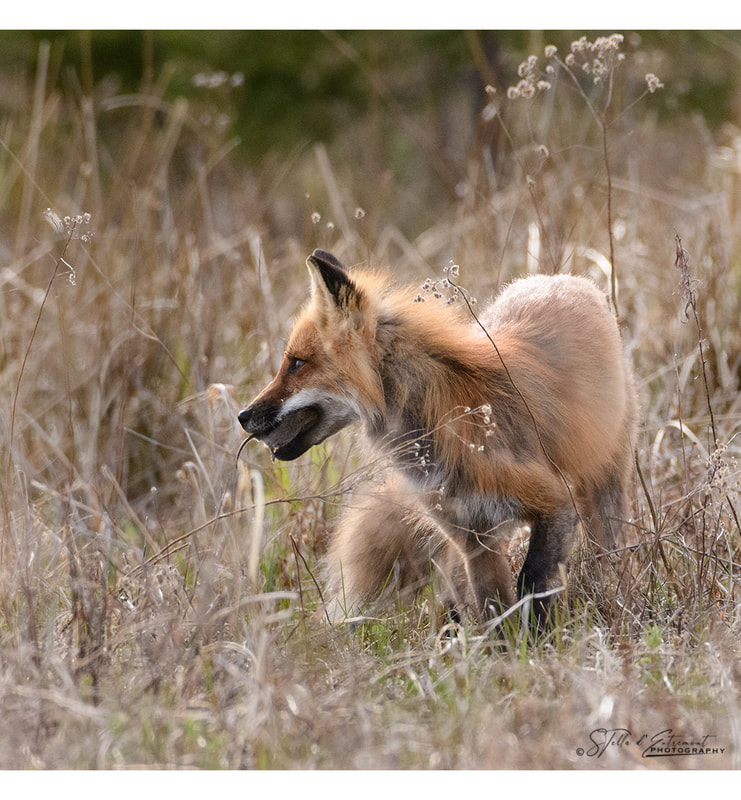
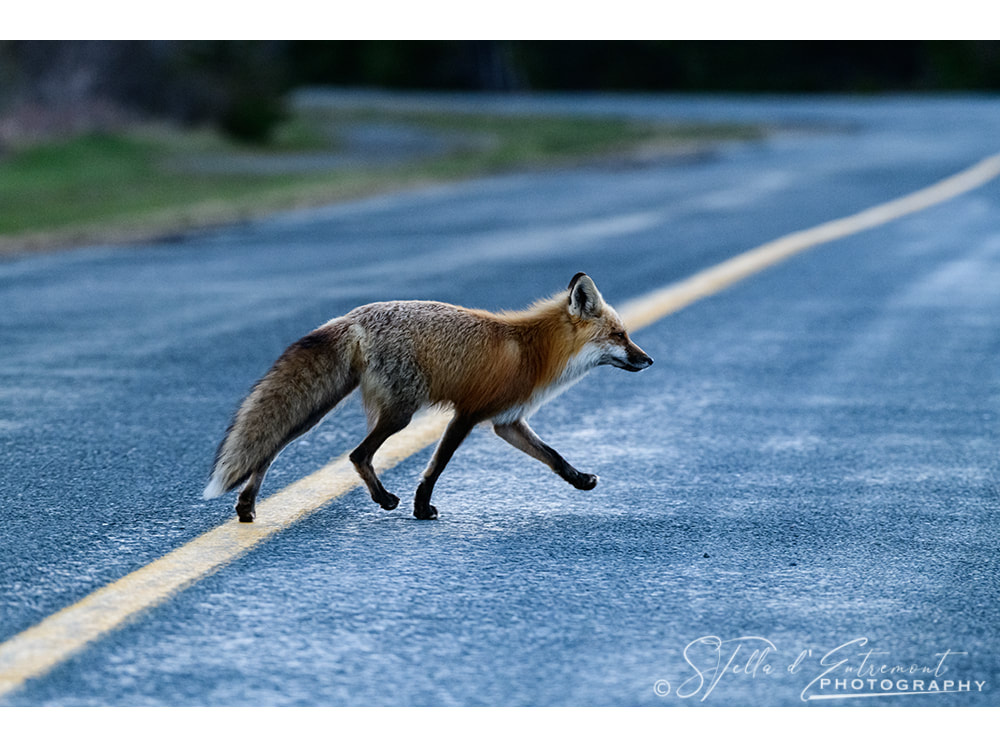
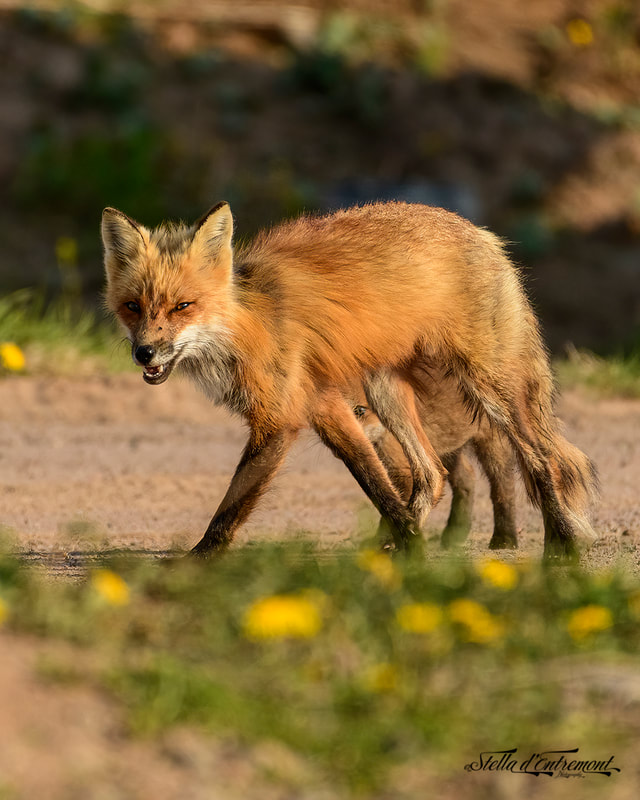
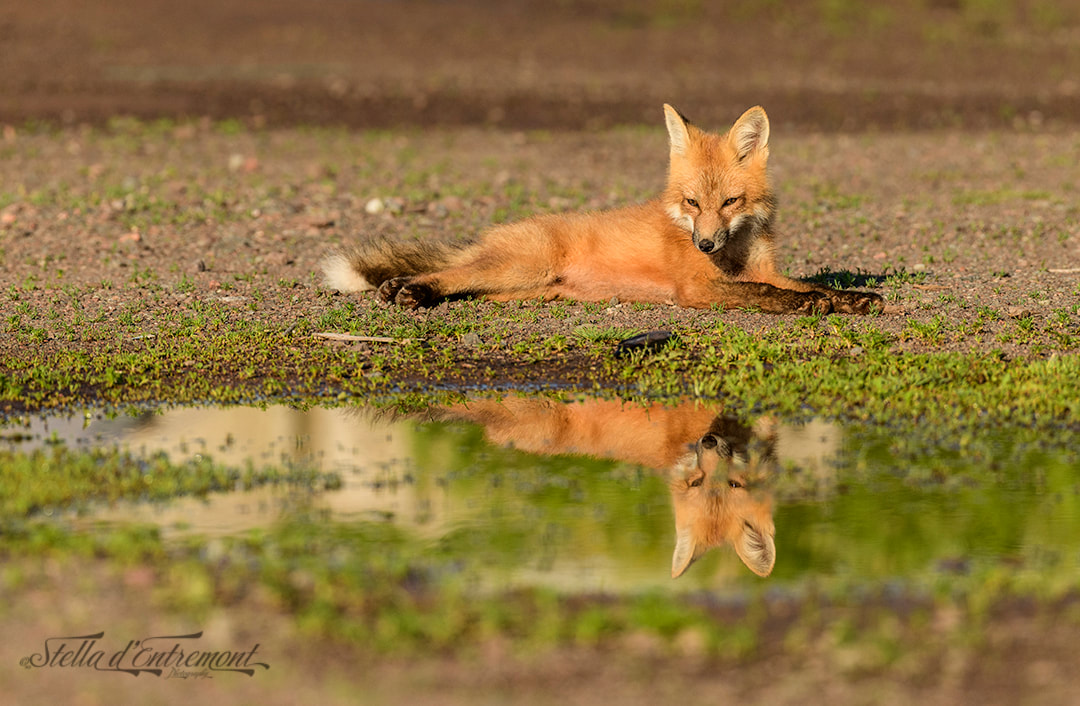
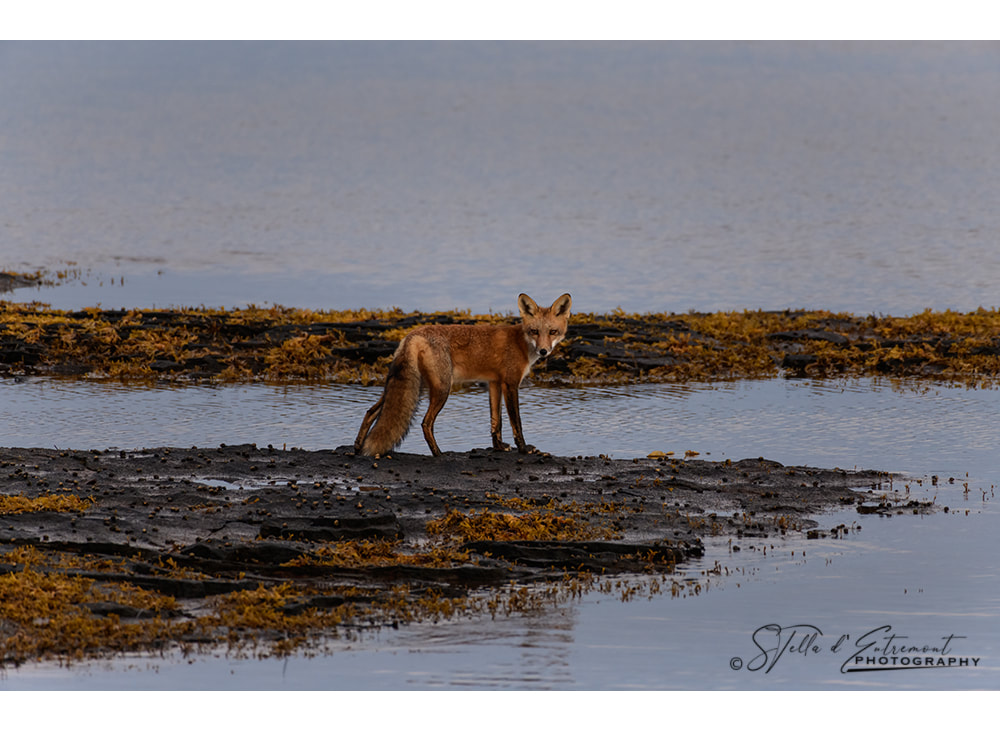
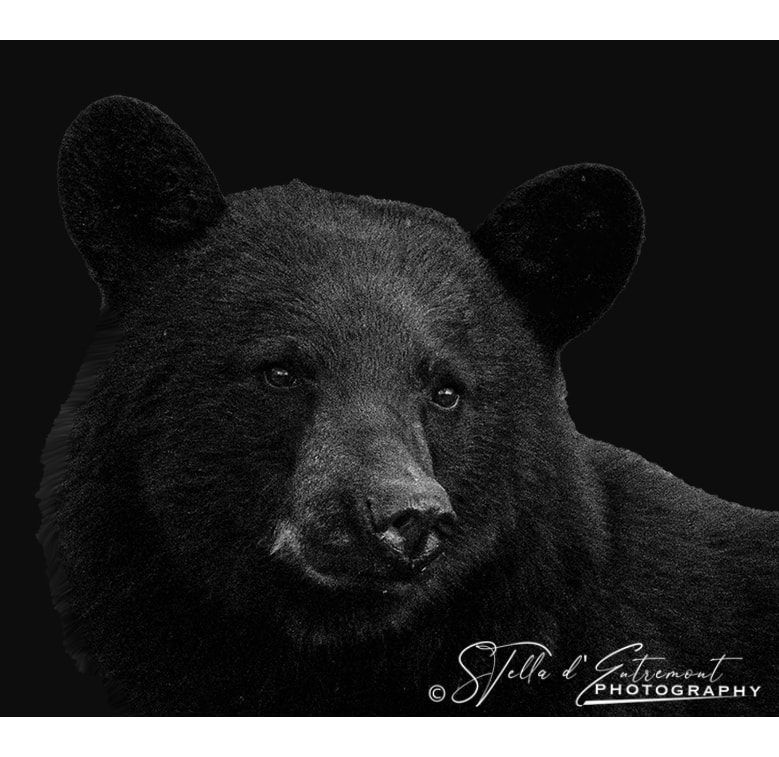
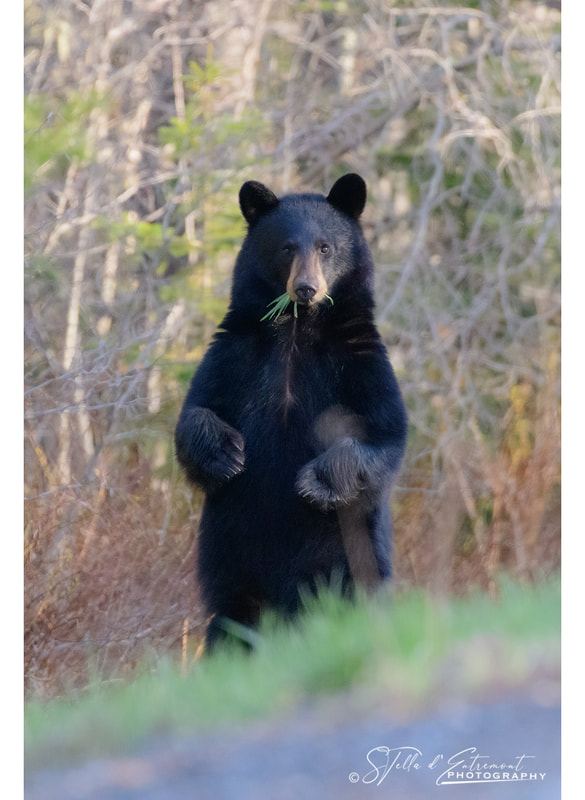

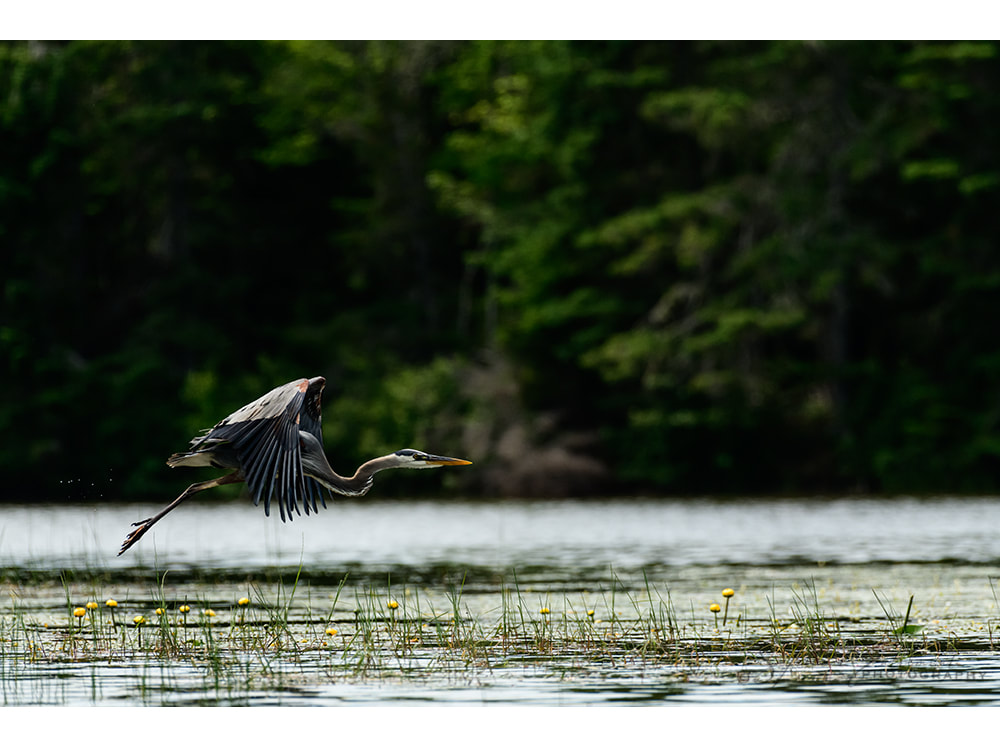
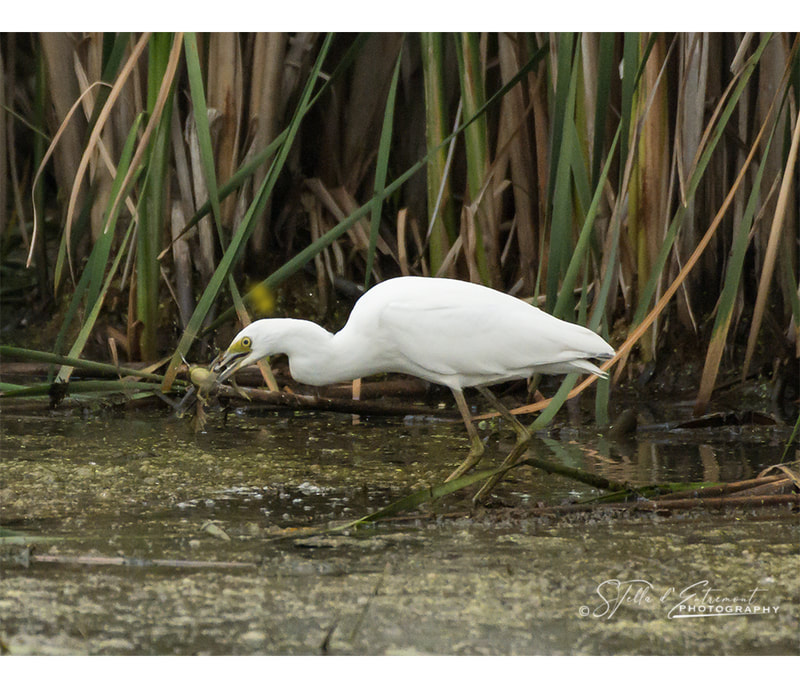

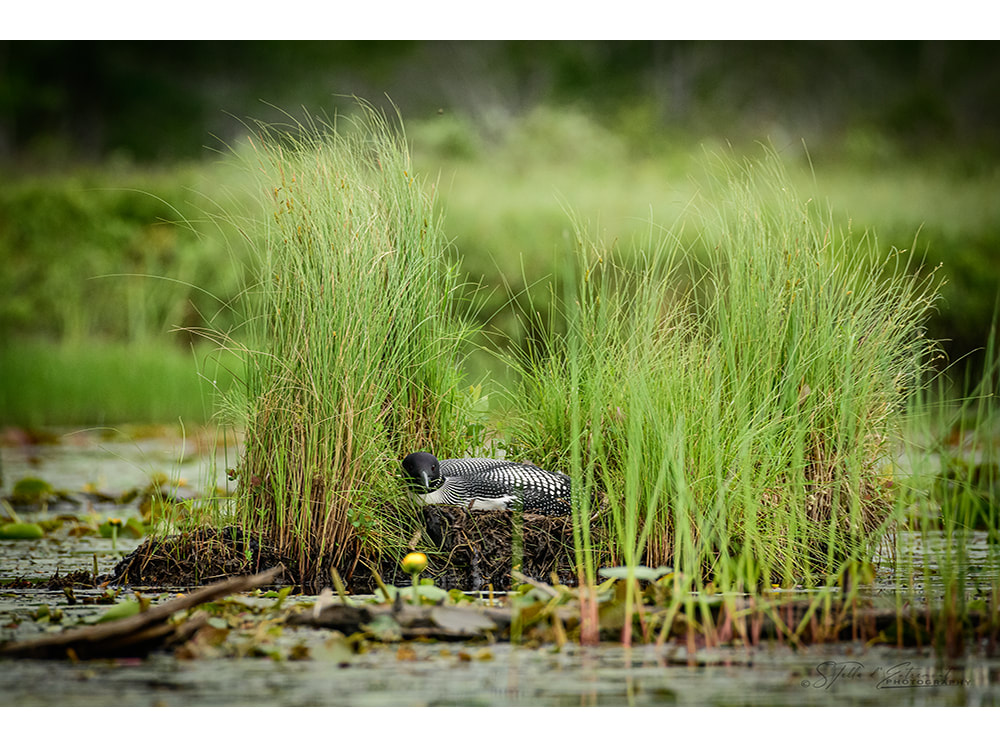
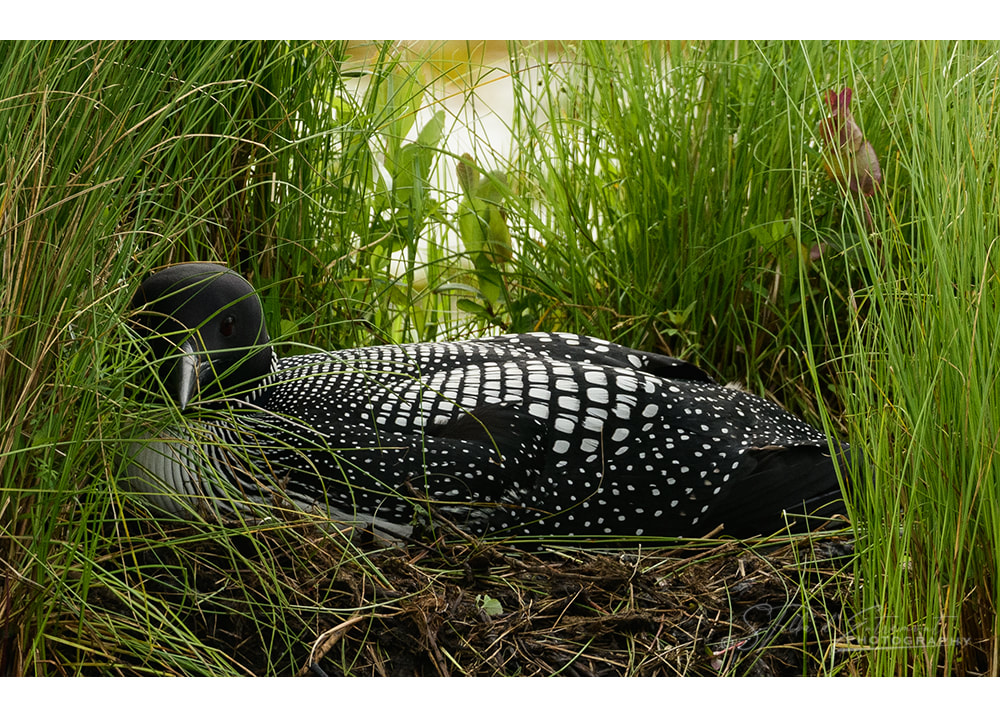
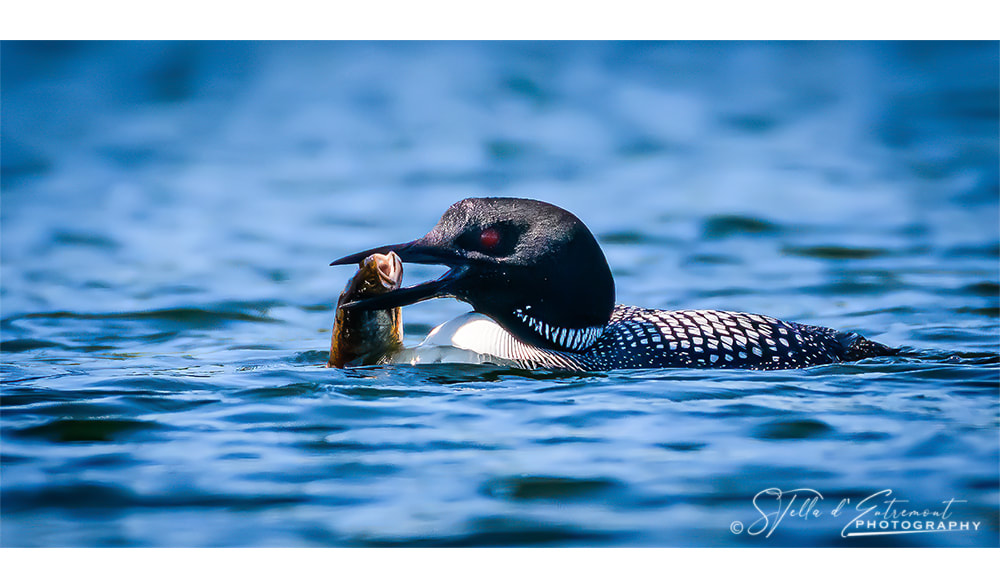
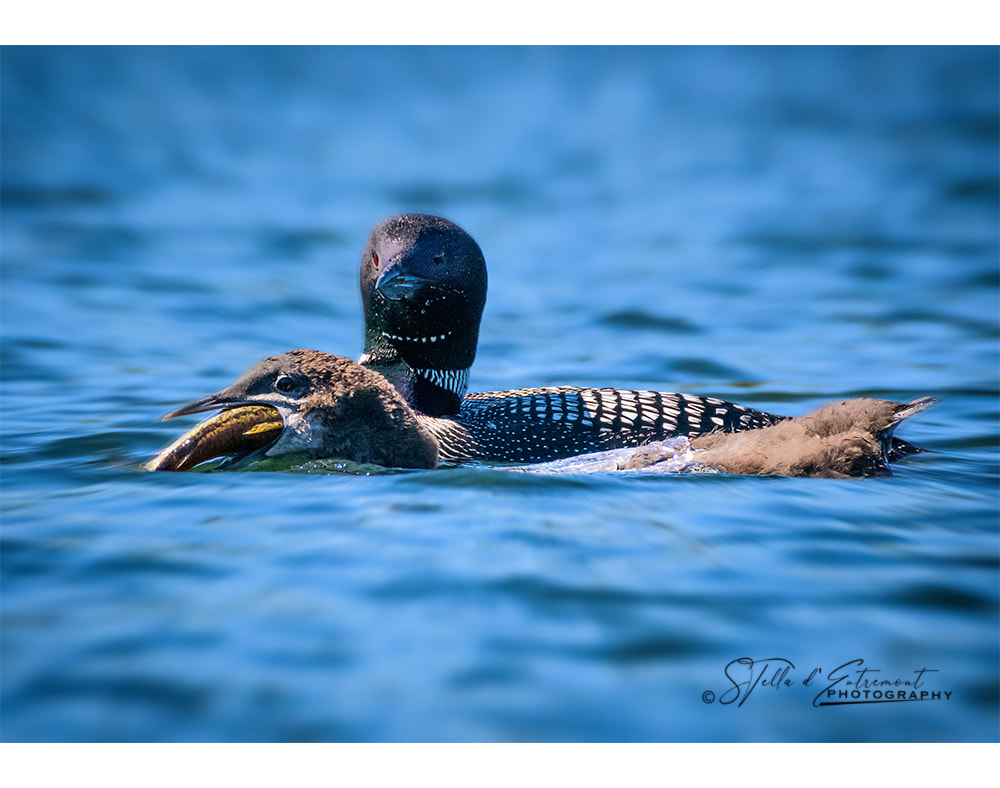

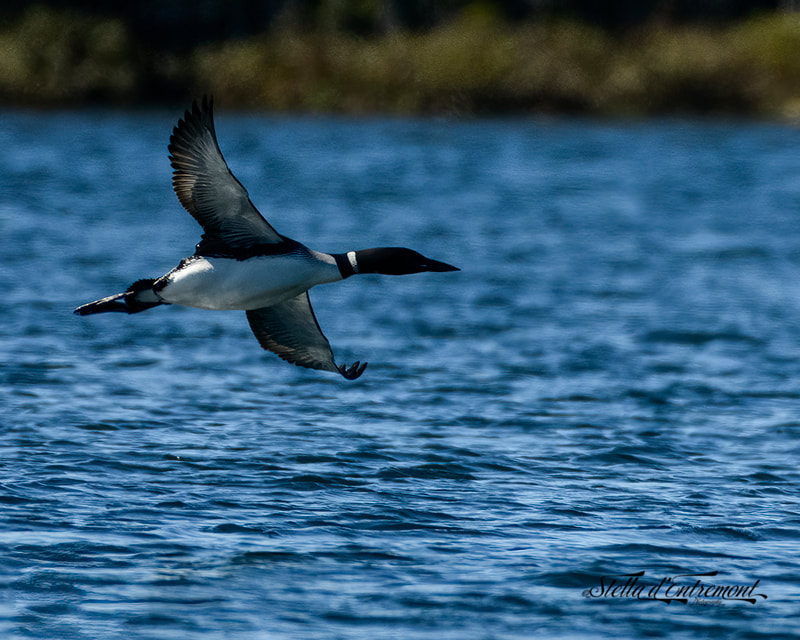
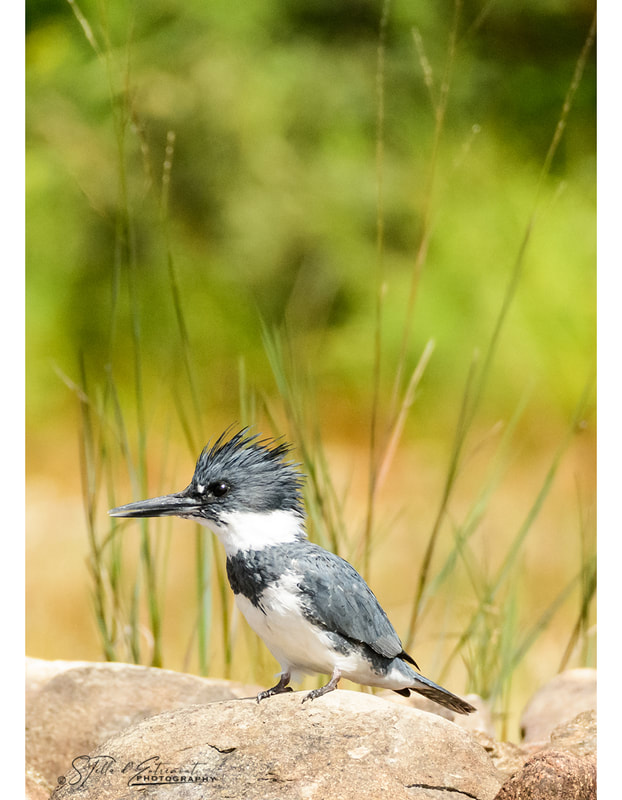
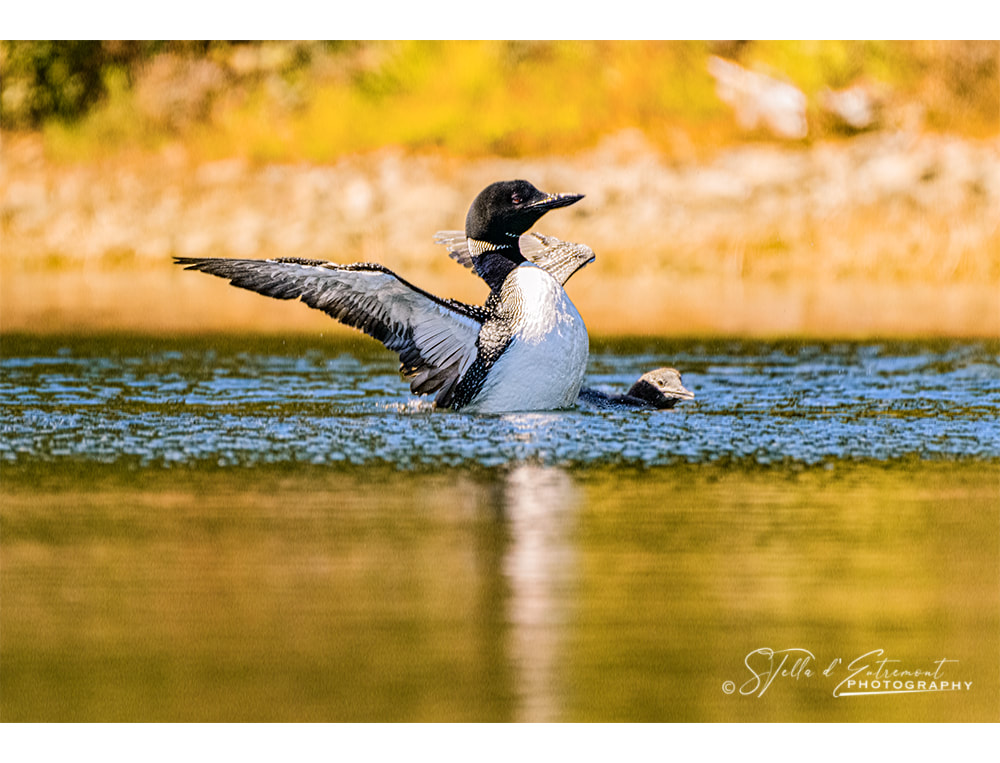
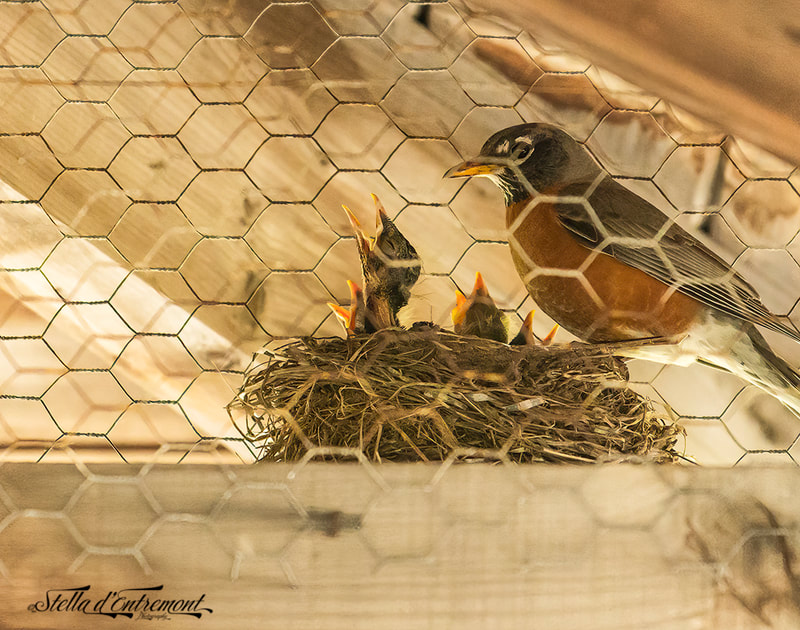
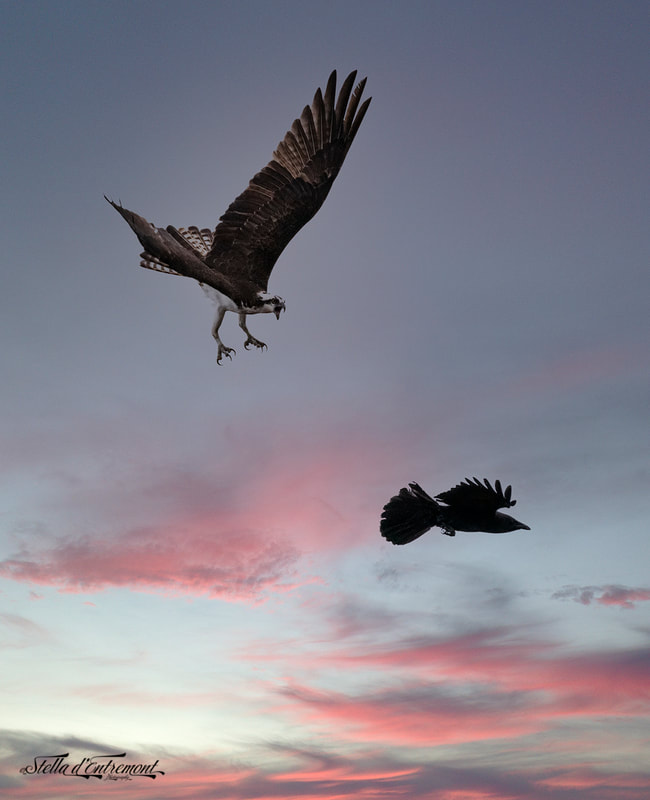
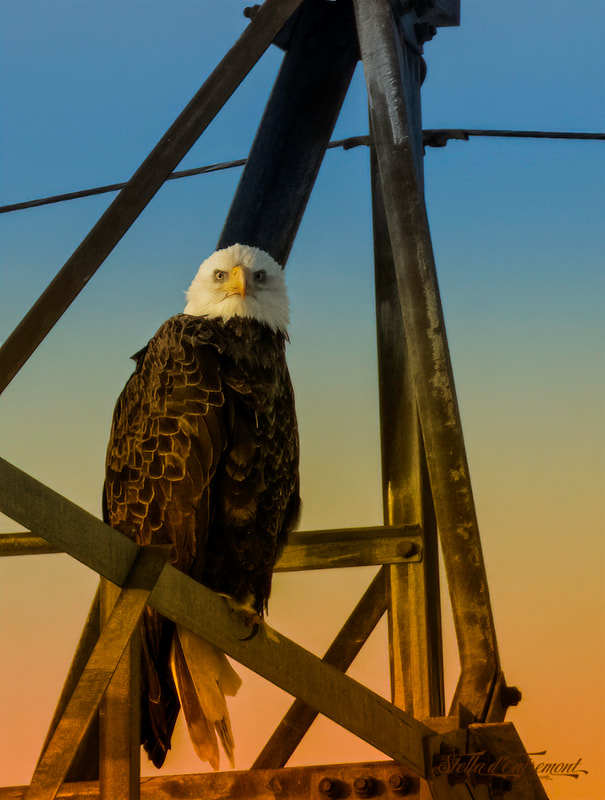
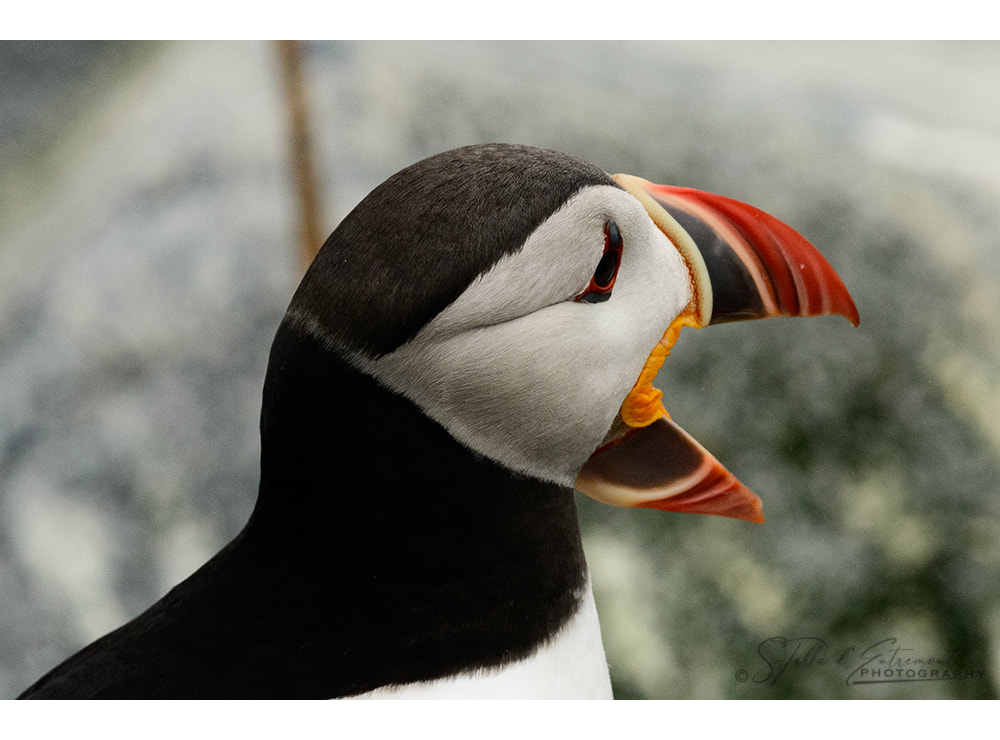
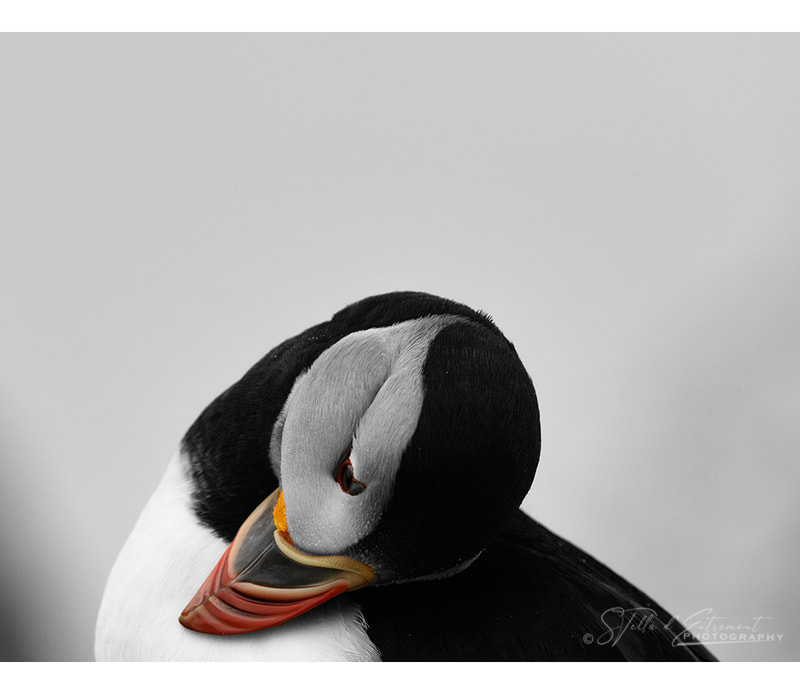
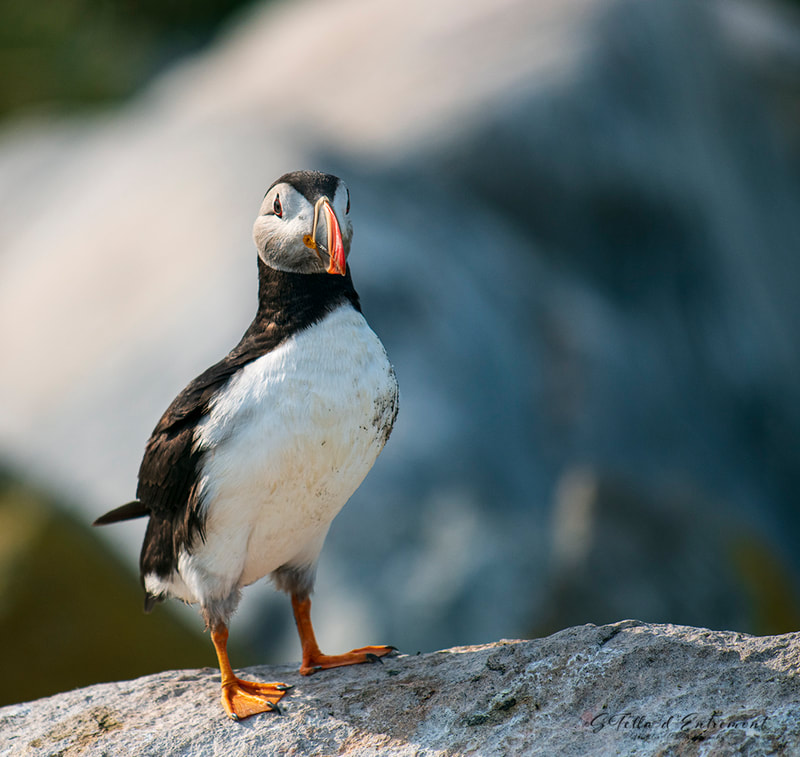
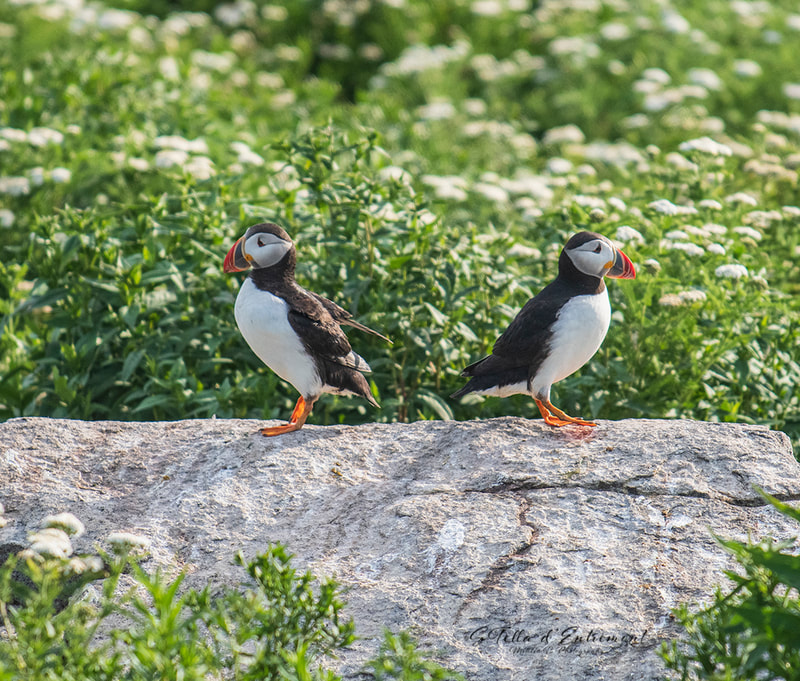
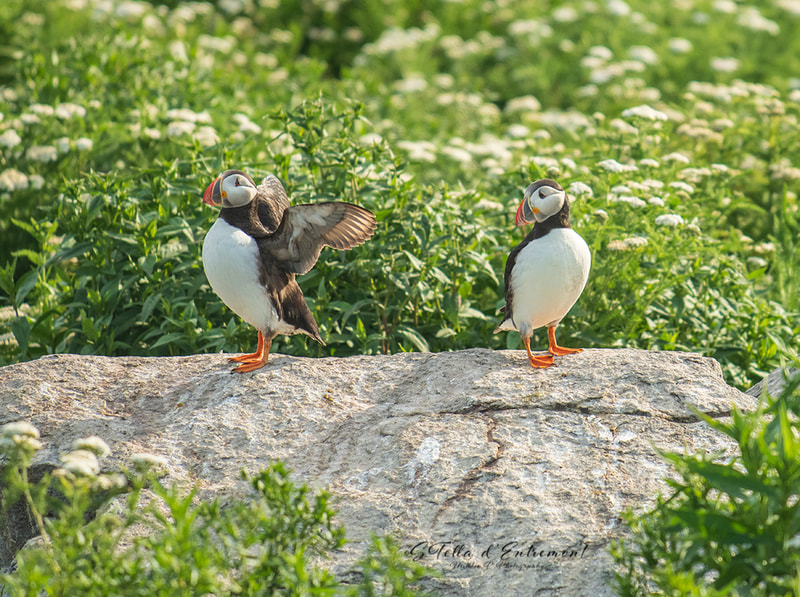
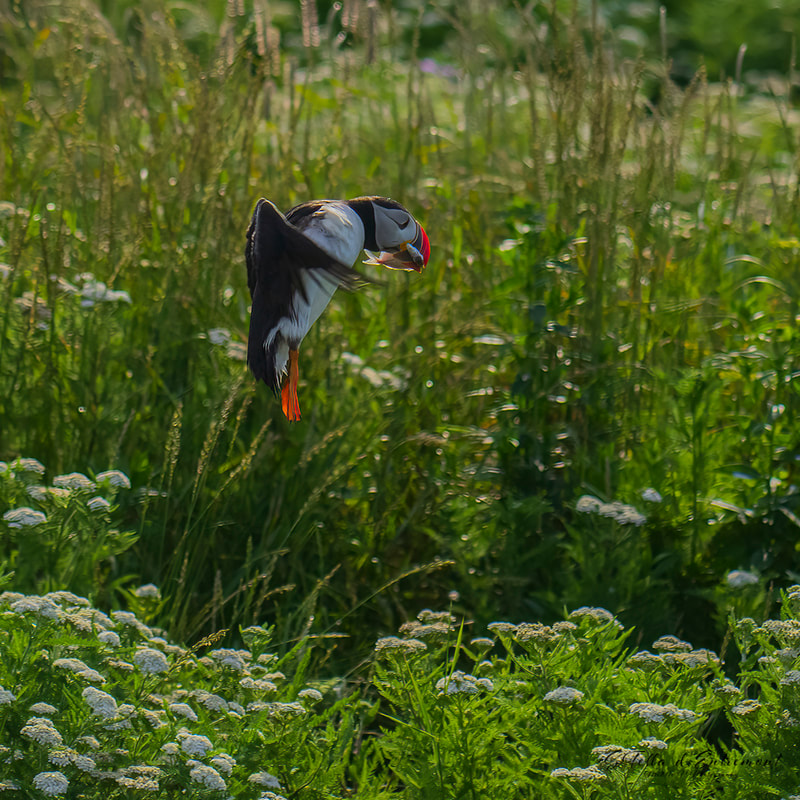
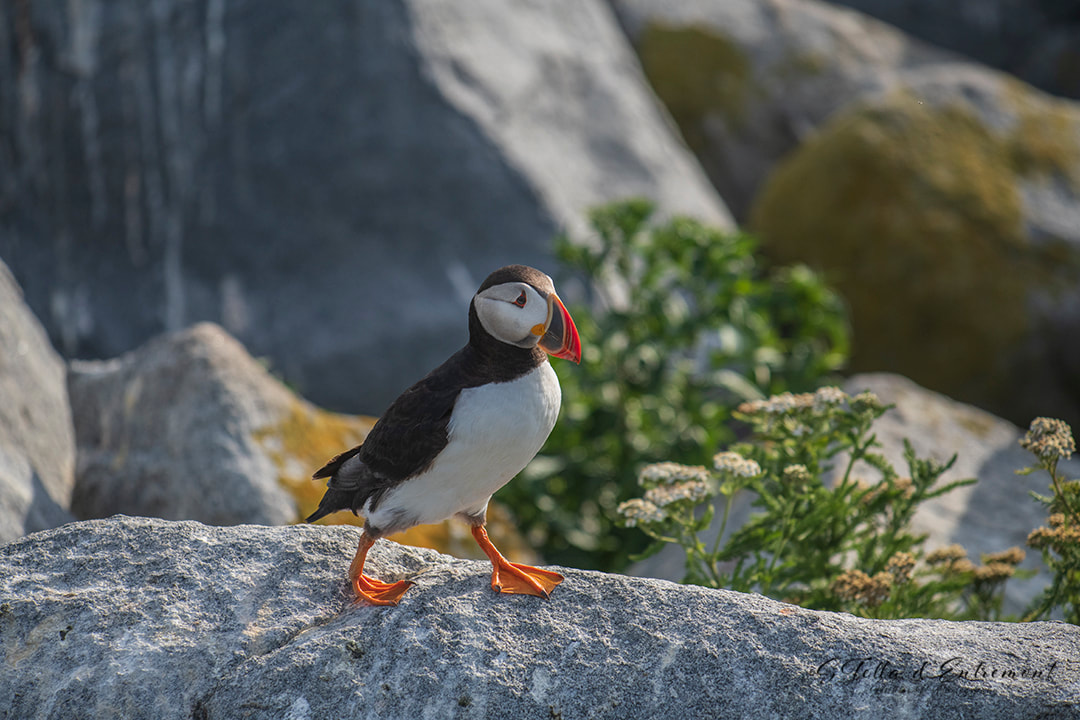
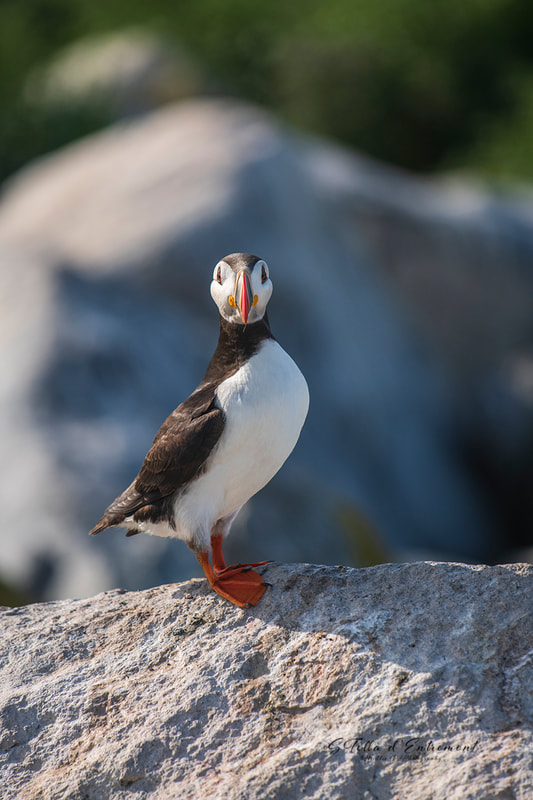
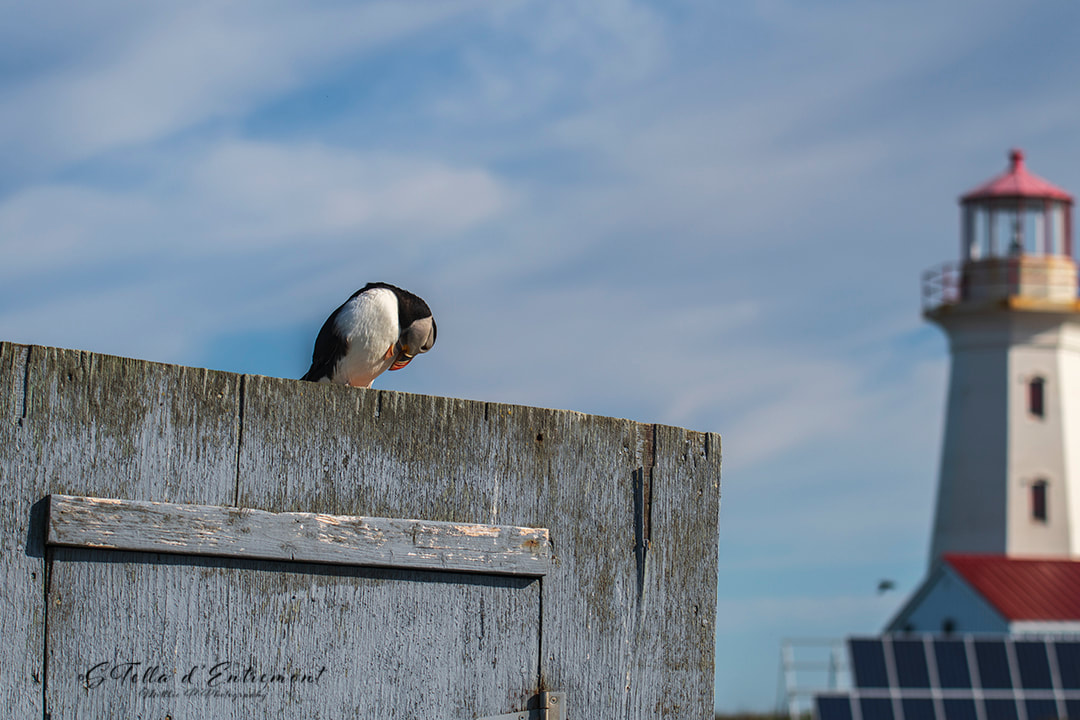
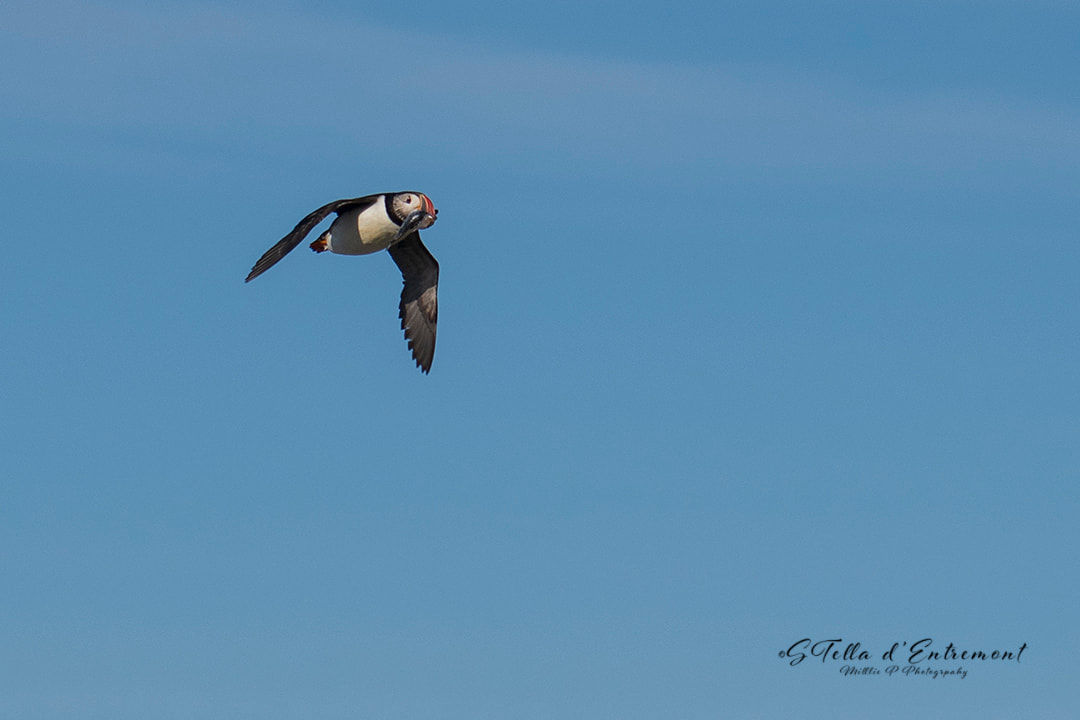
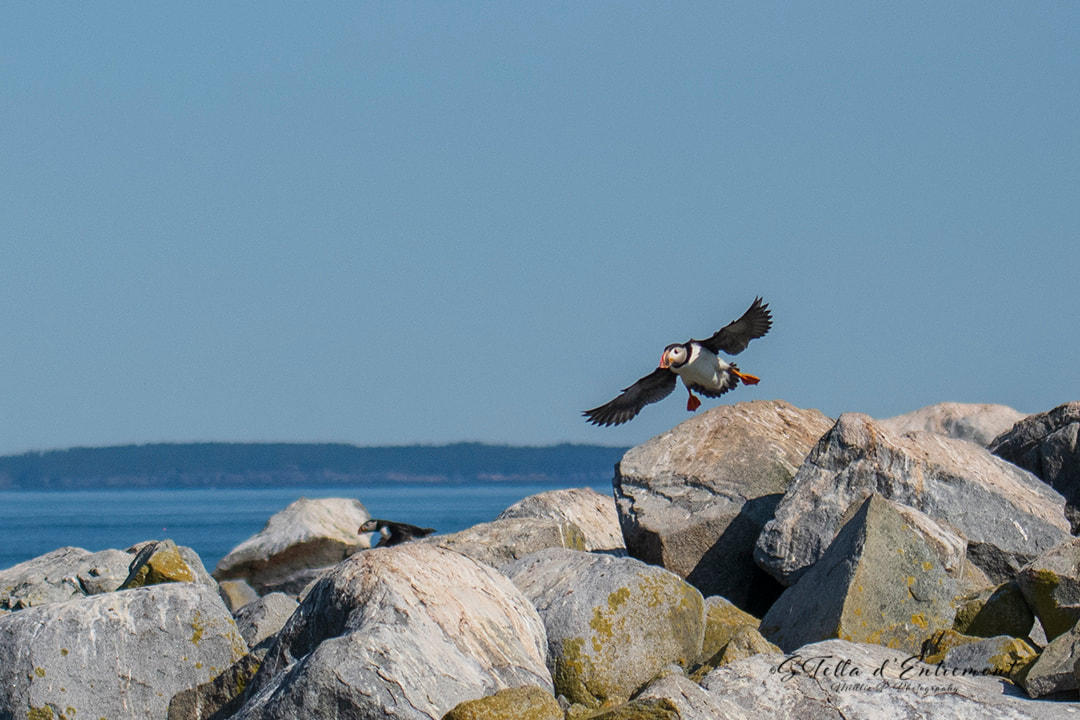

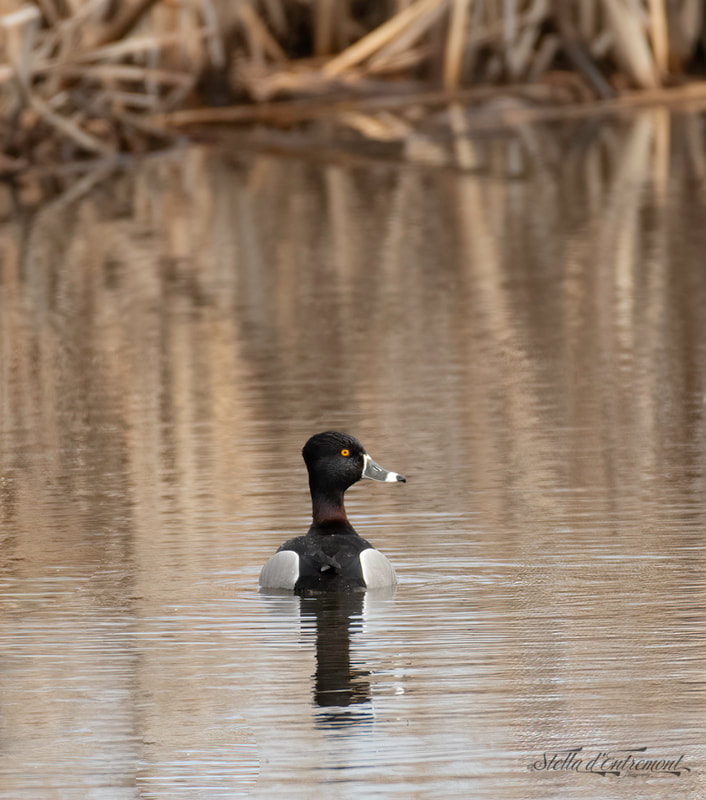
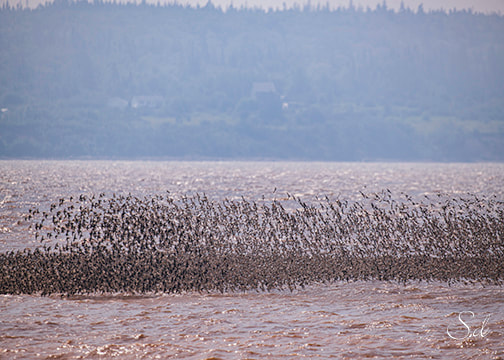
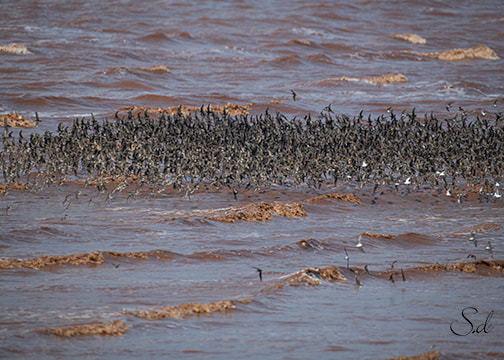

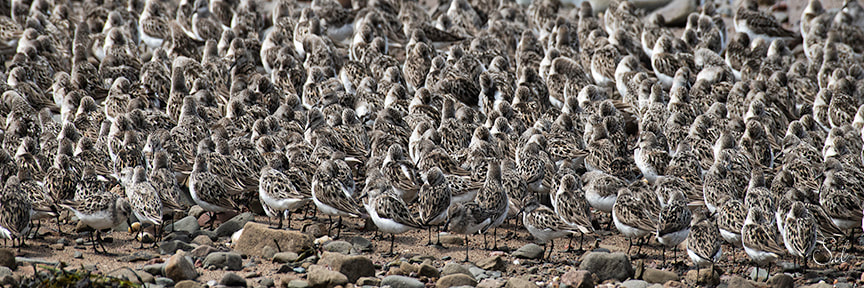
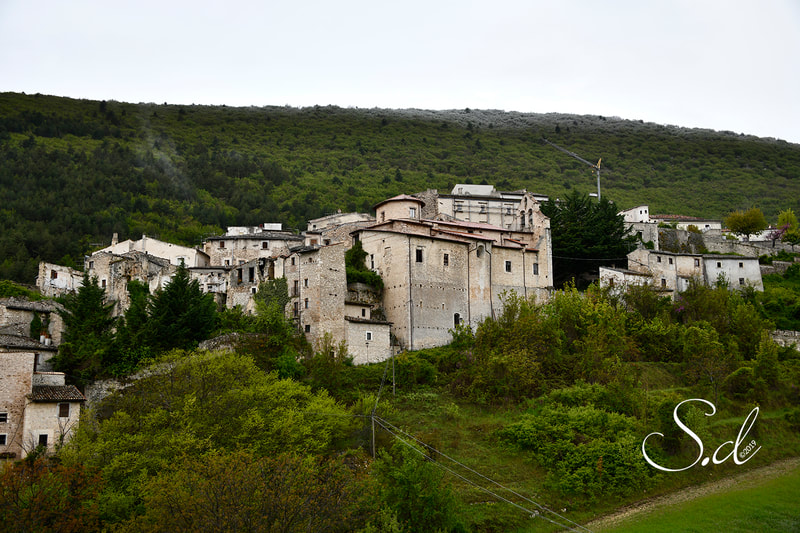
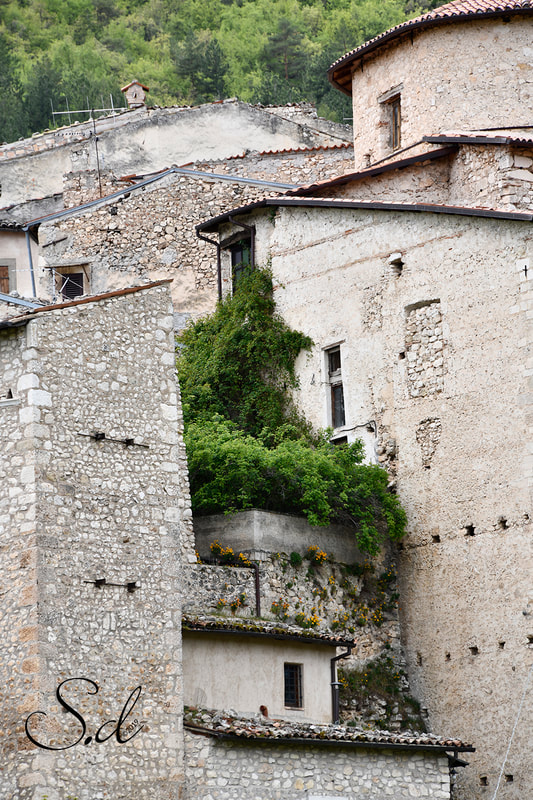
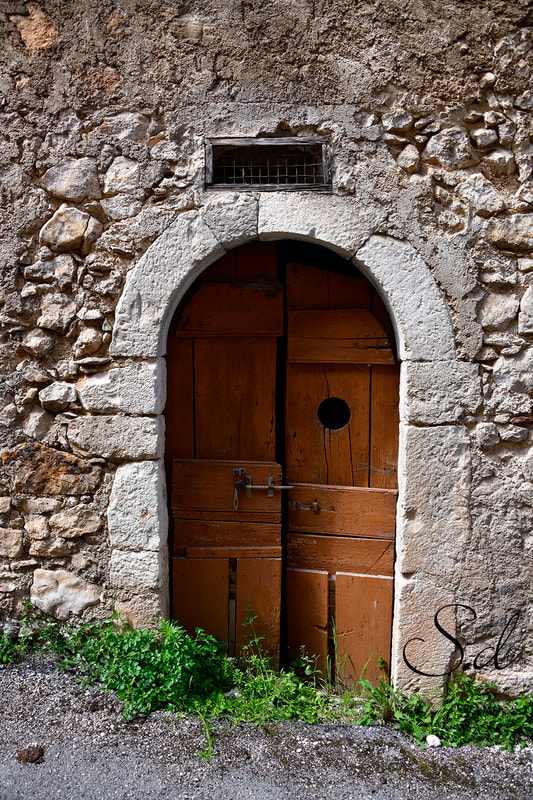
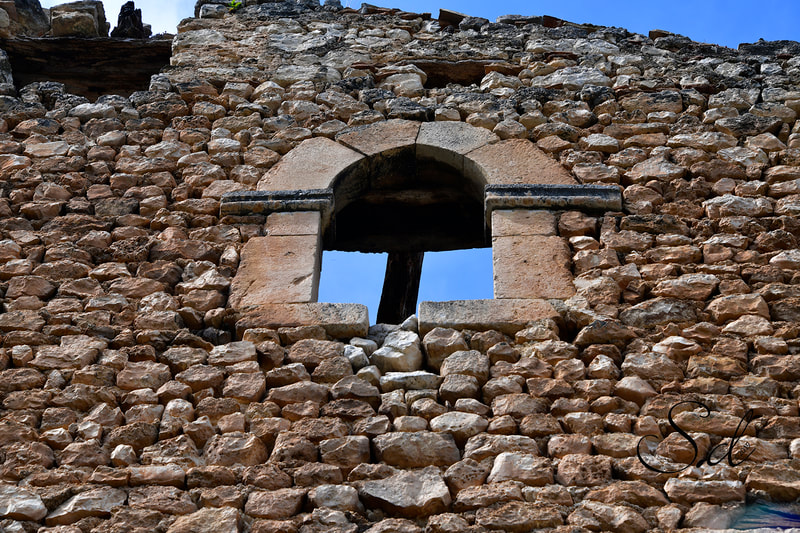
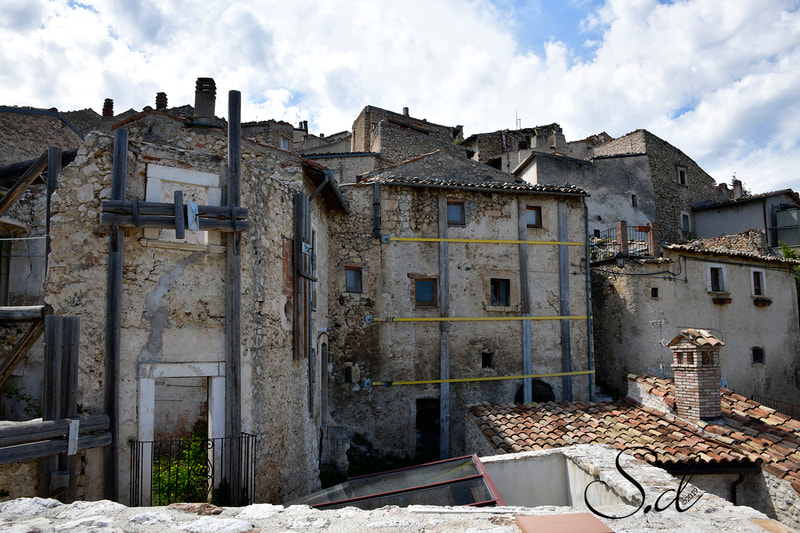
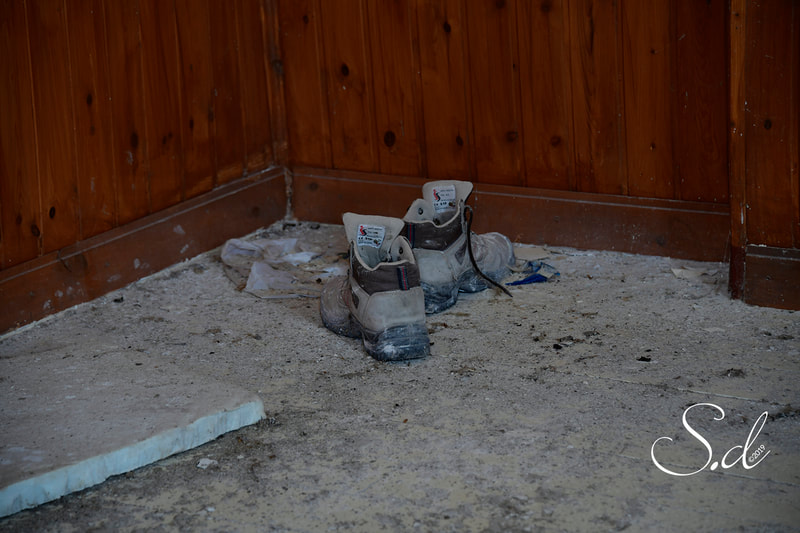
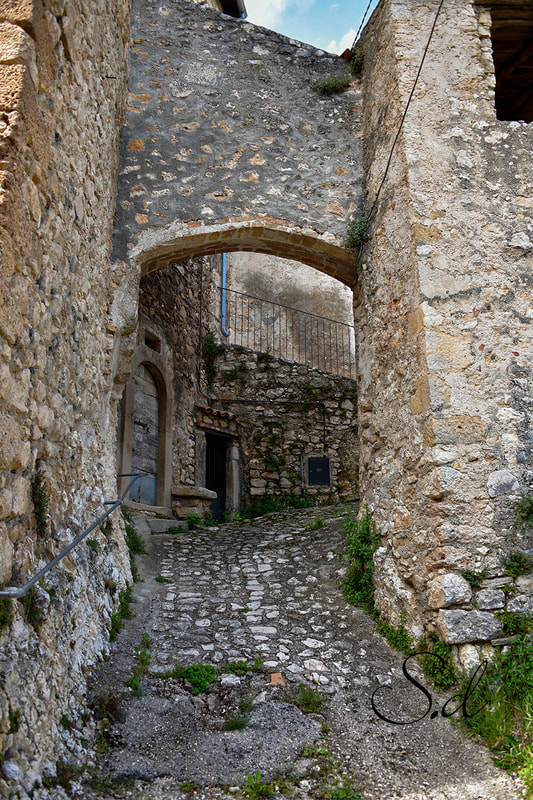
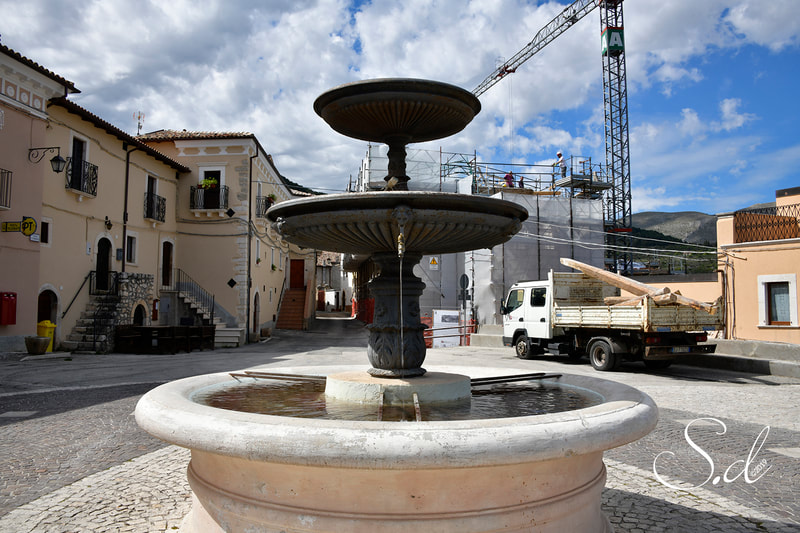
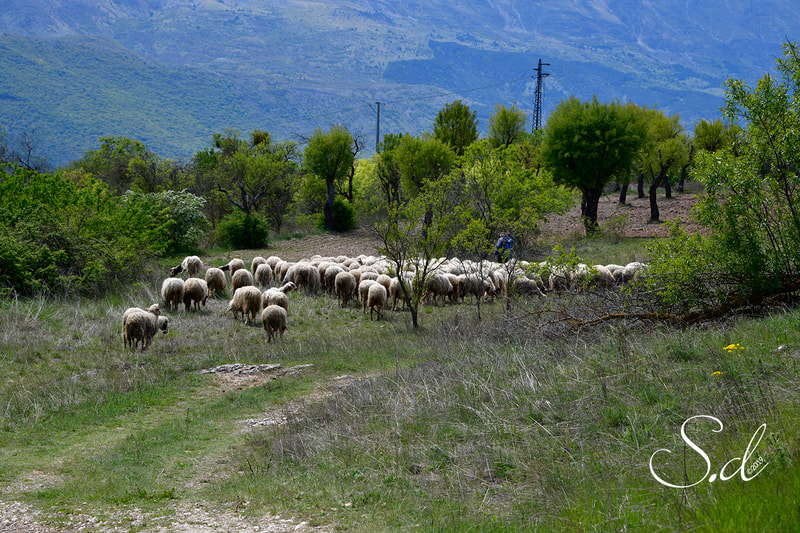
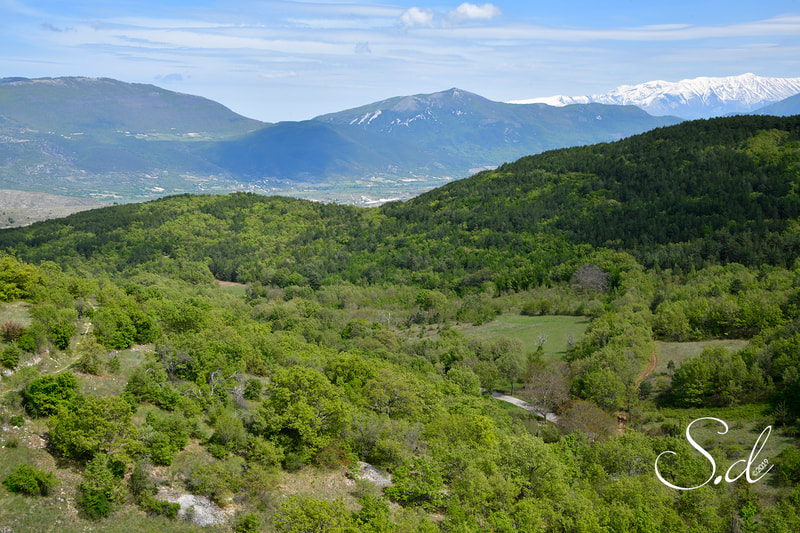
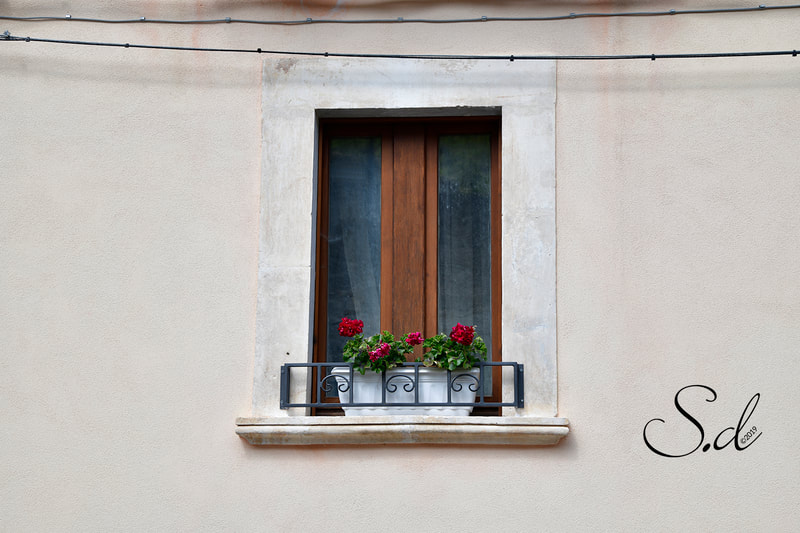
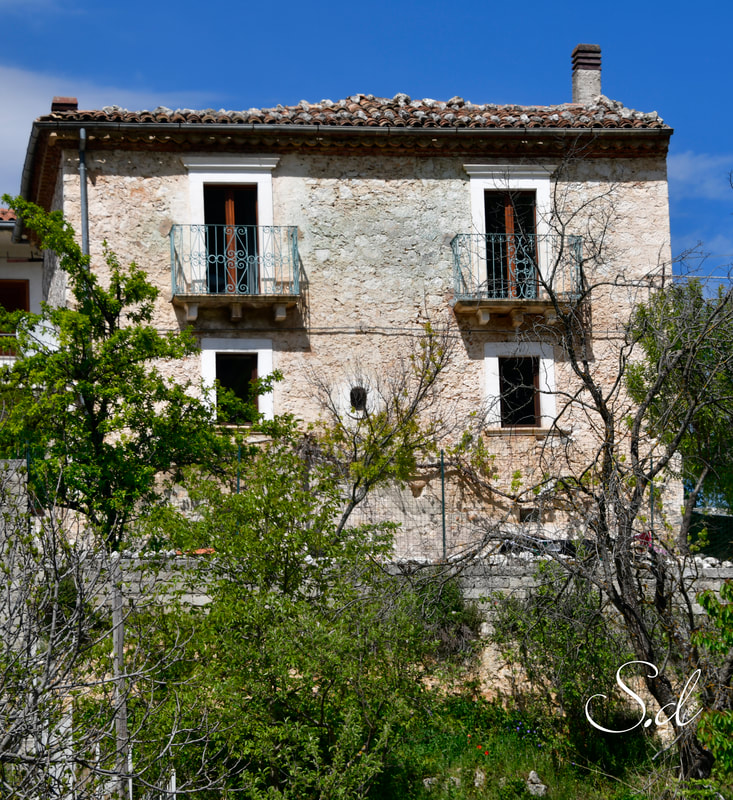
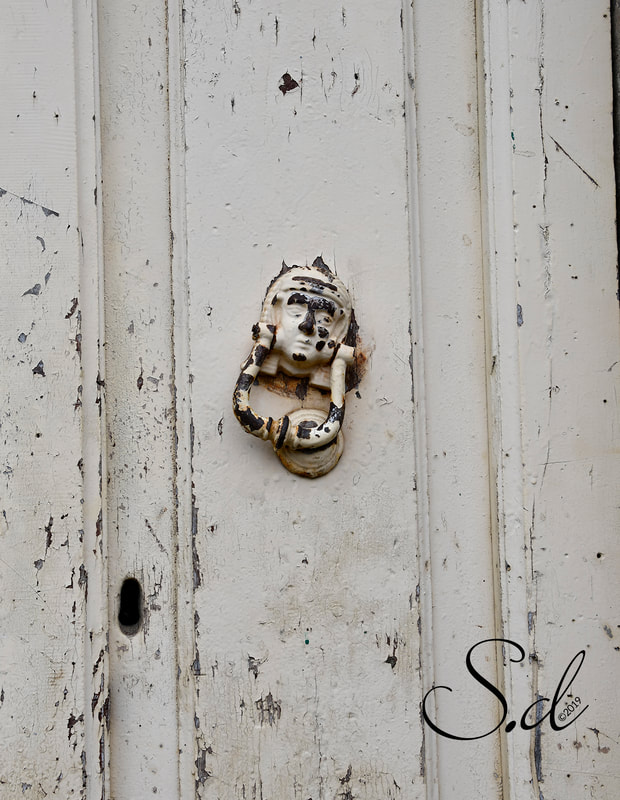
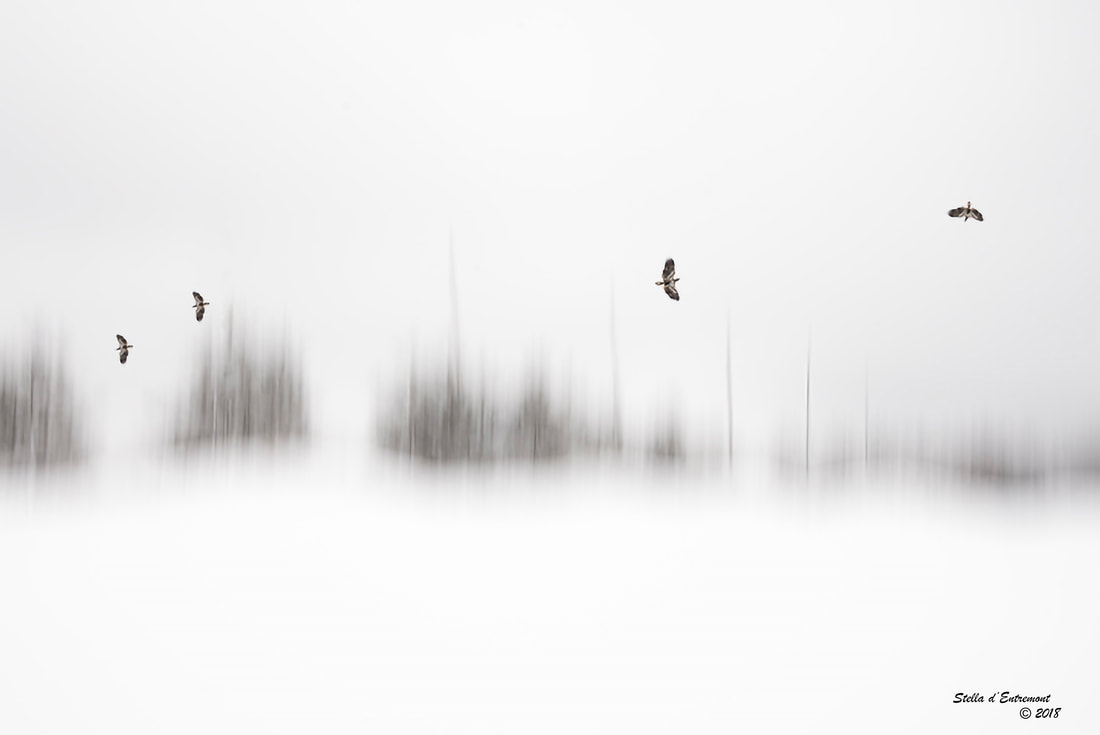
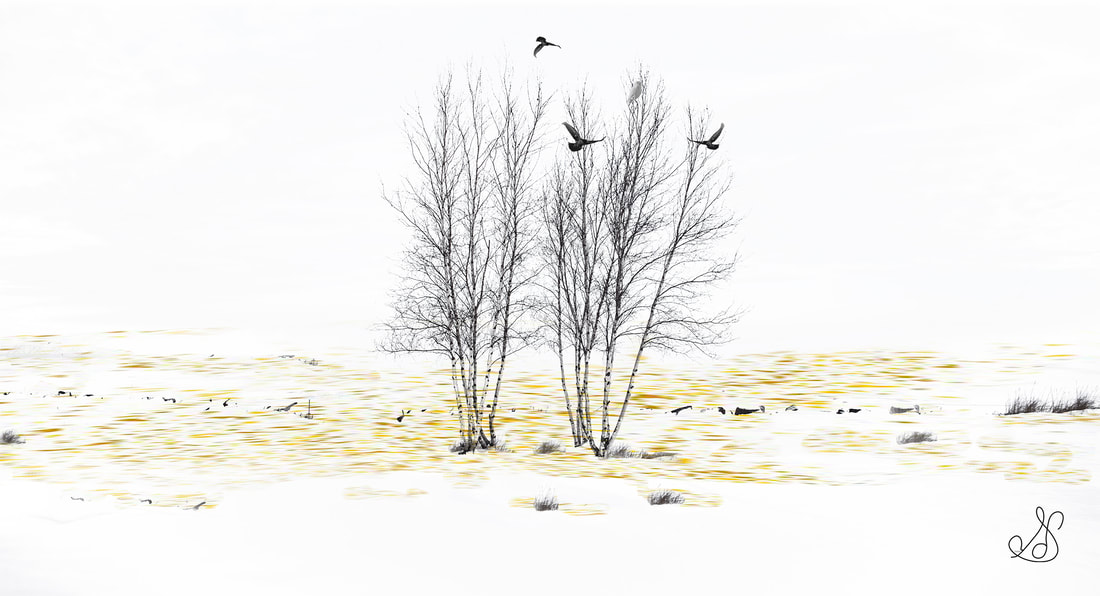


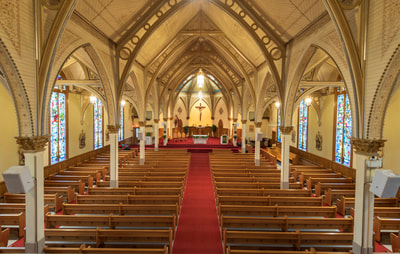


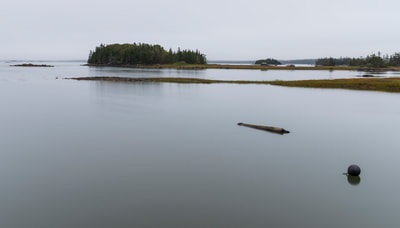

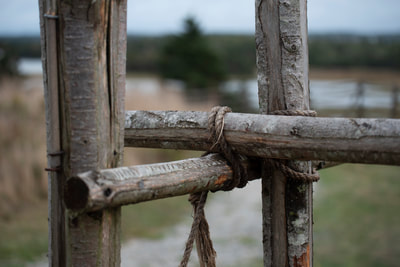
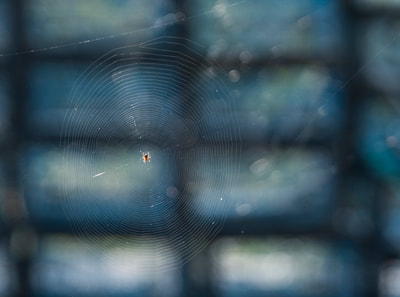
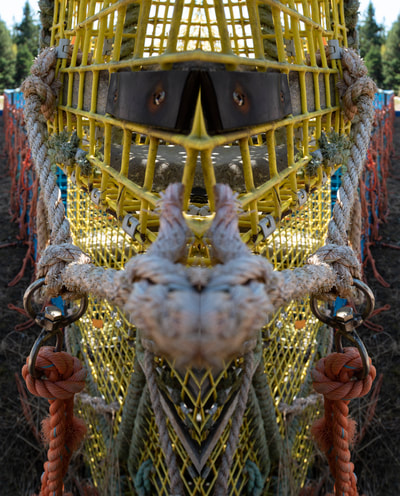

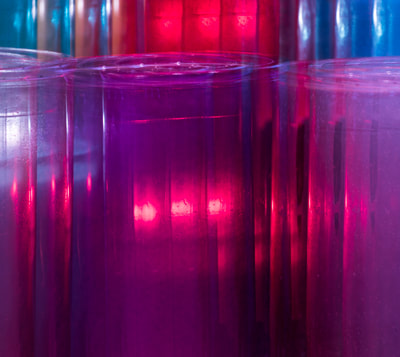
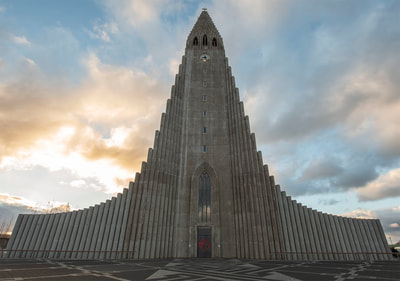
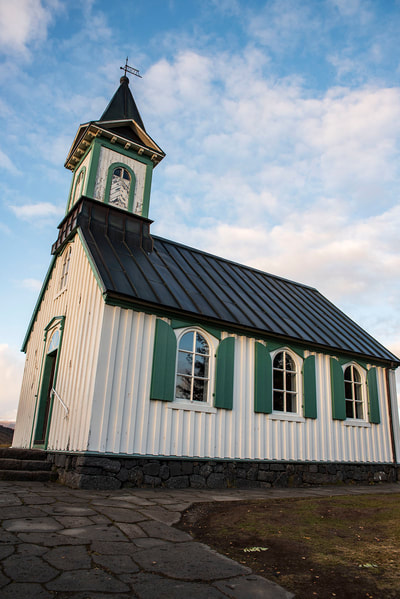
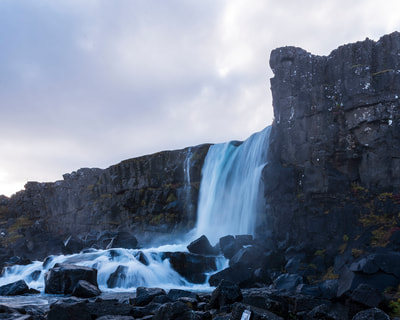
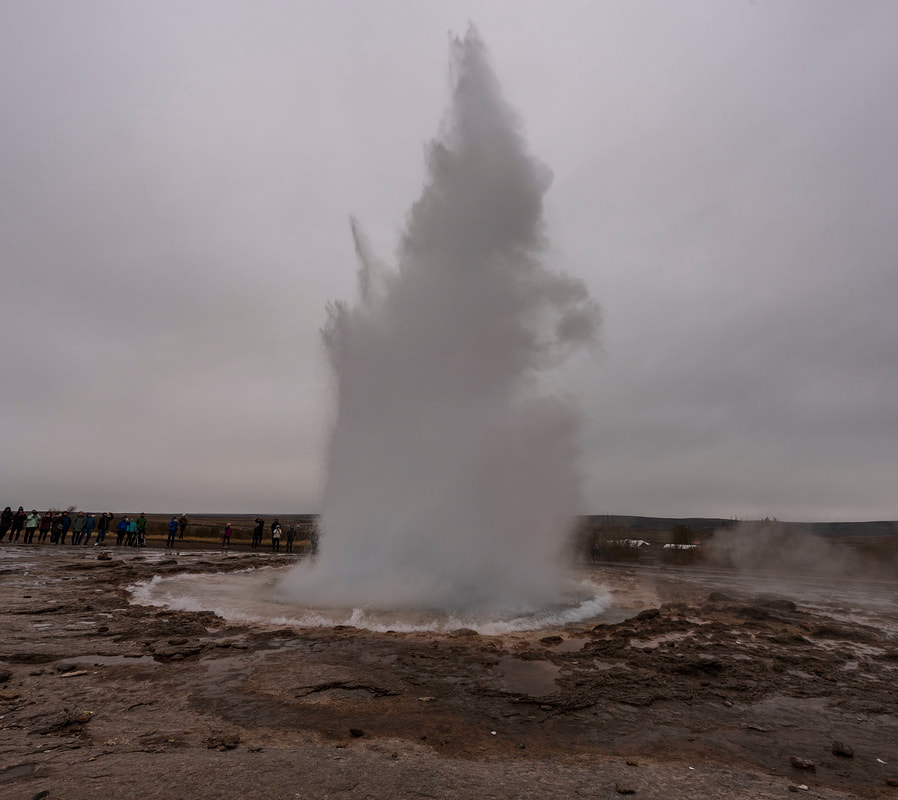
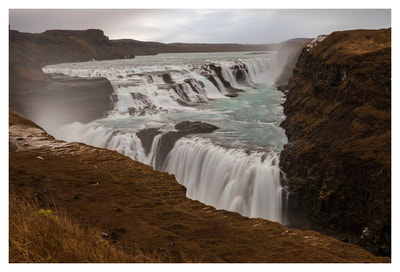
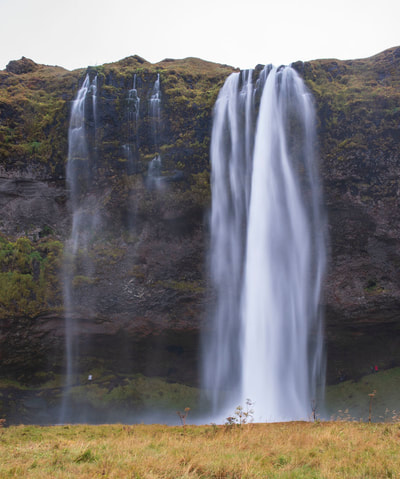
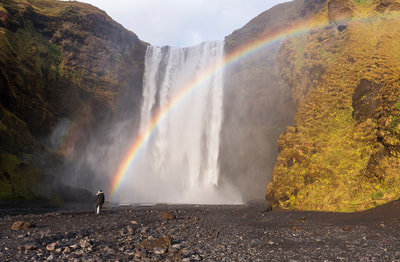
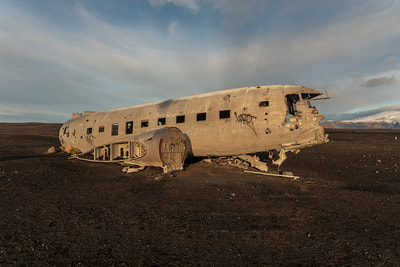
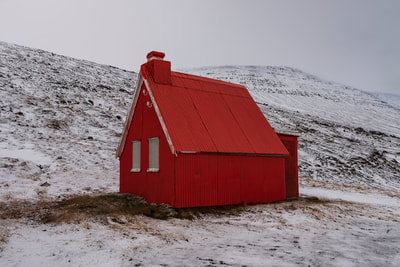
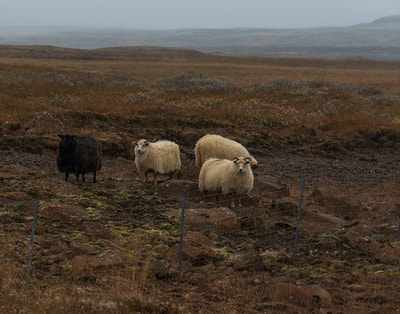
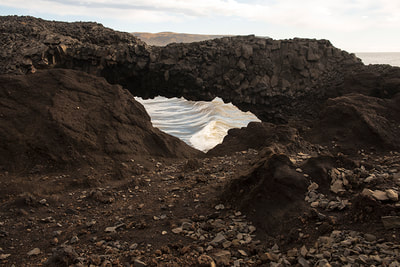
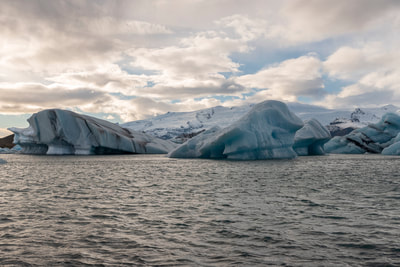
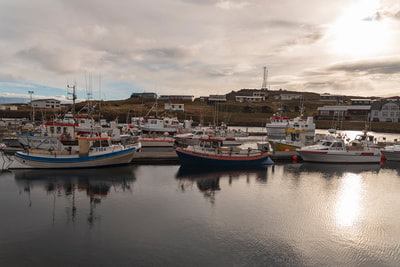
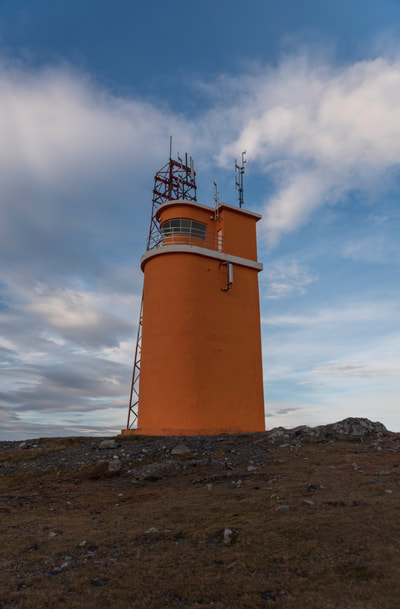
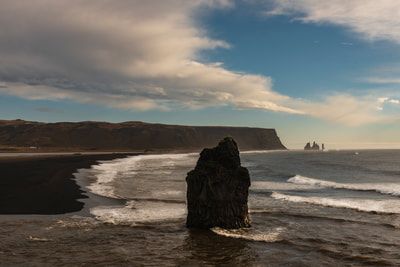

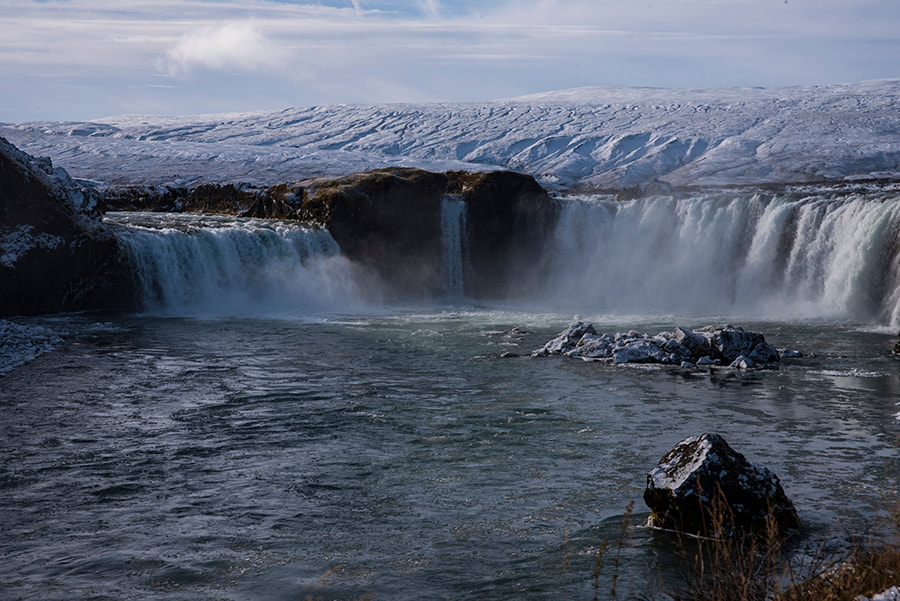
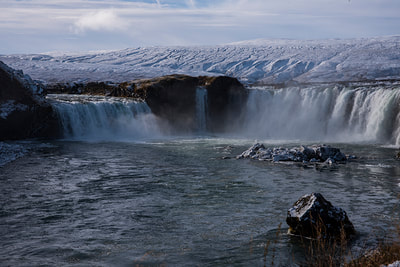

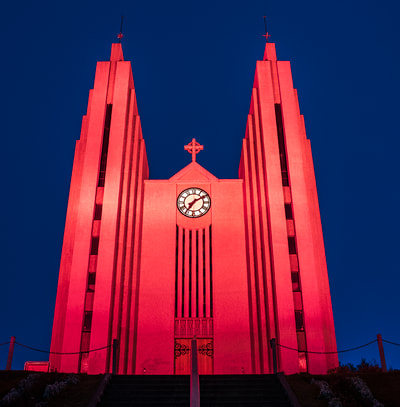

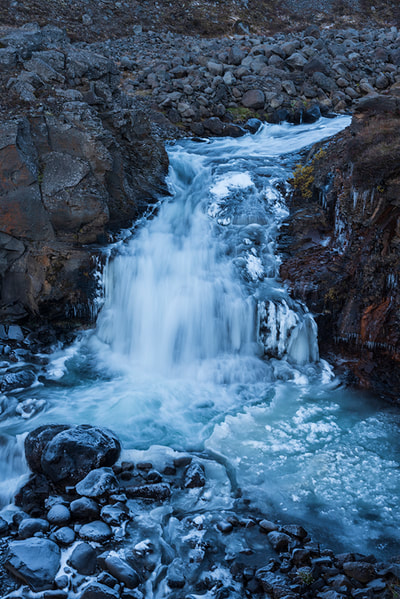
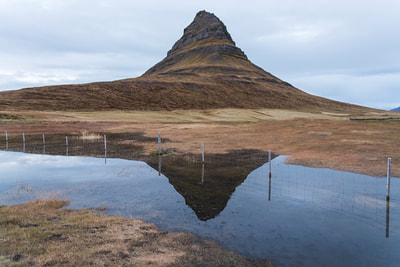
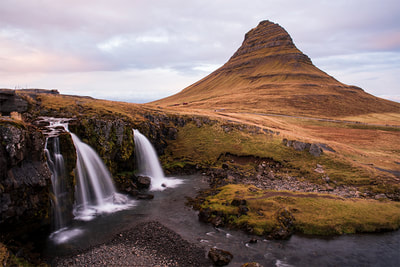
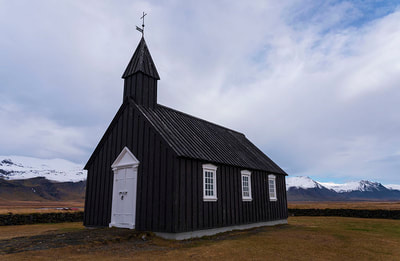
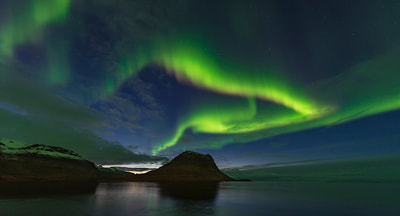
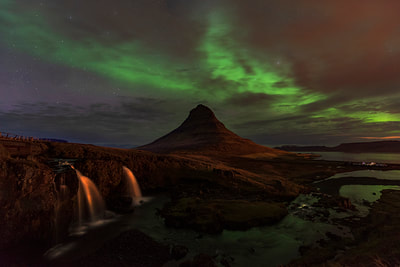
 RSS Feed
RSS Feed